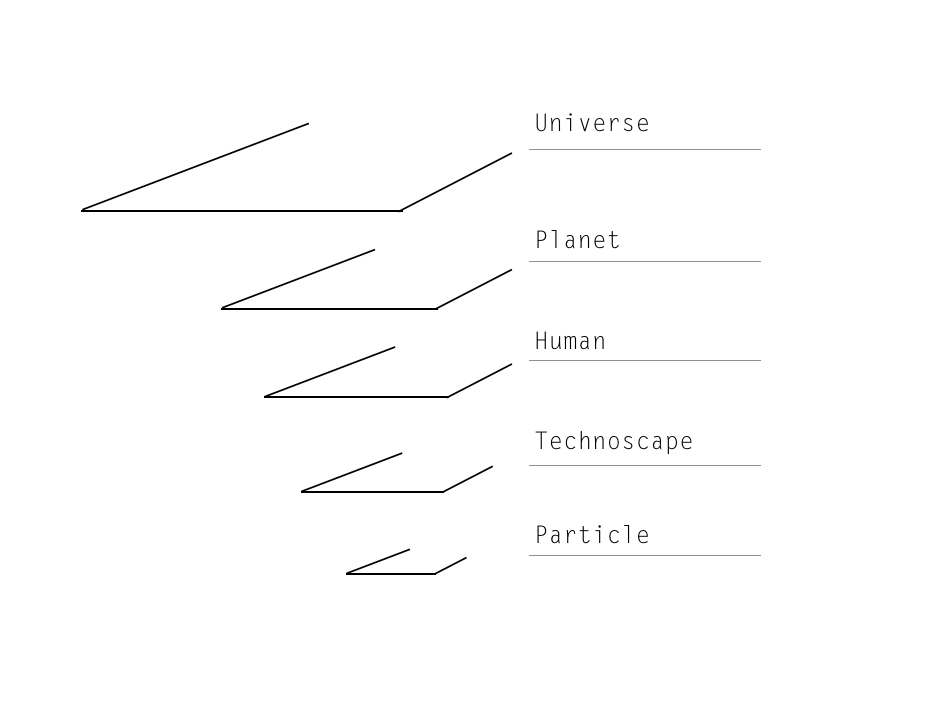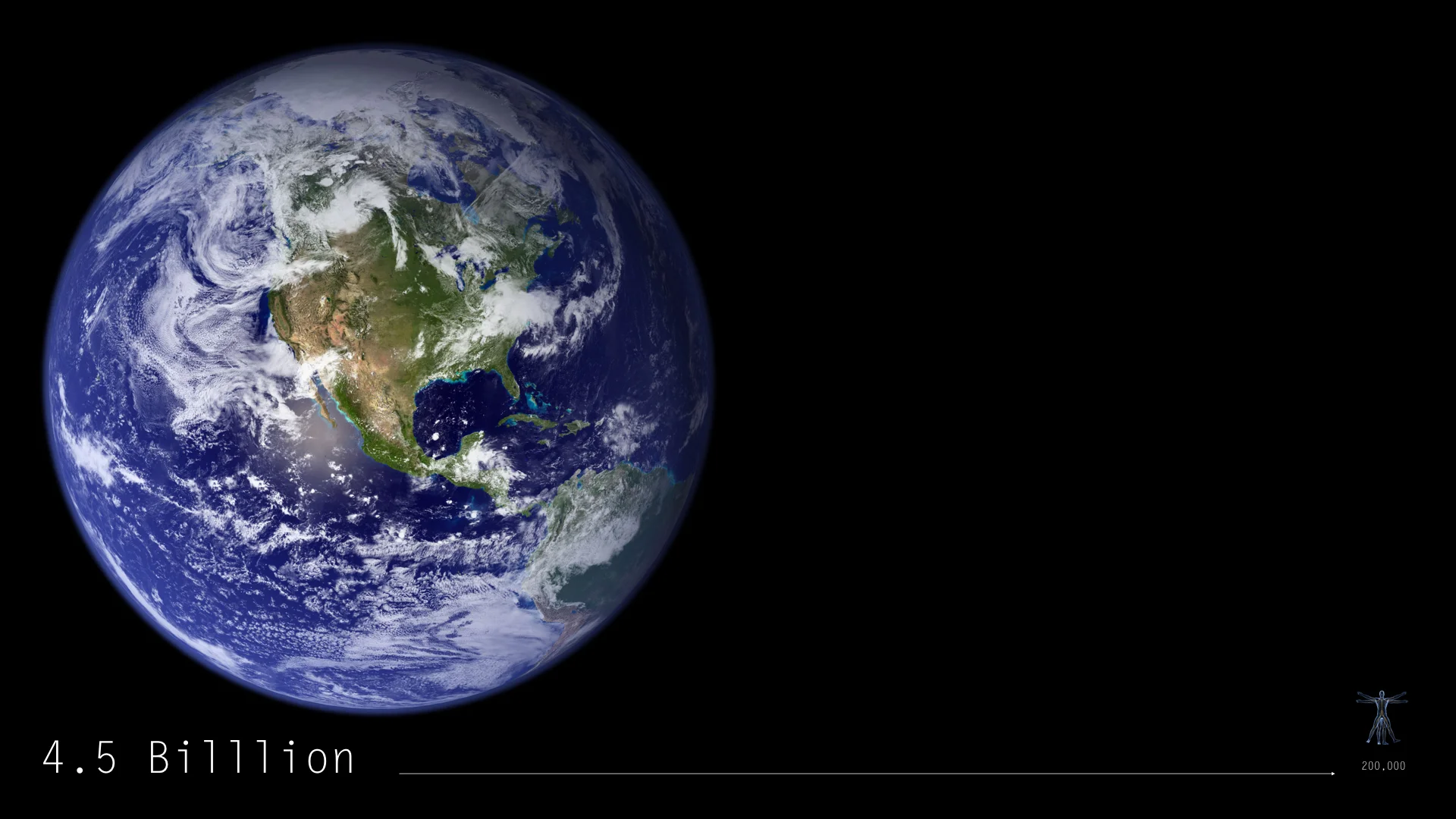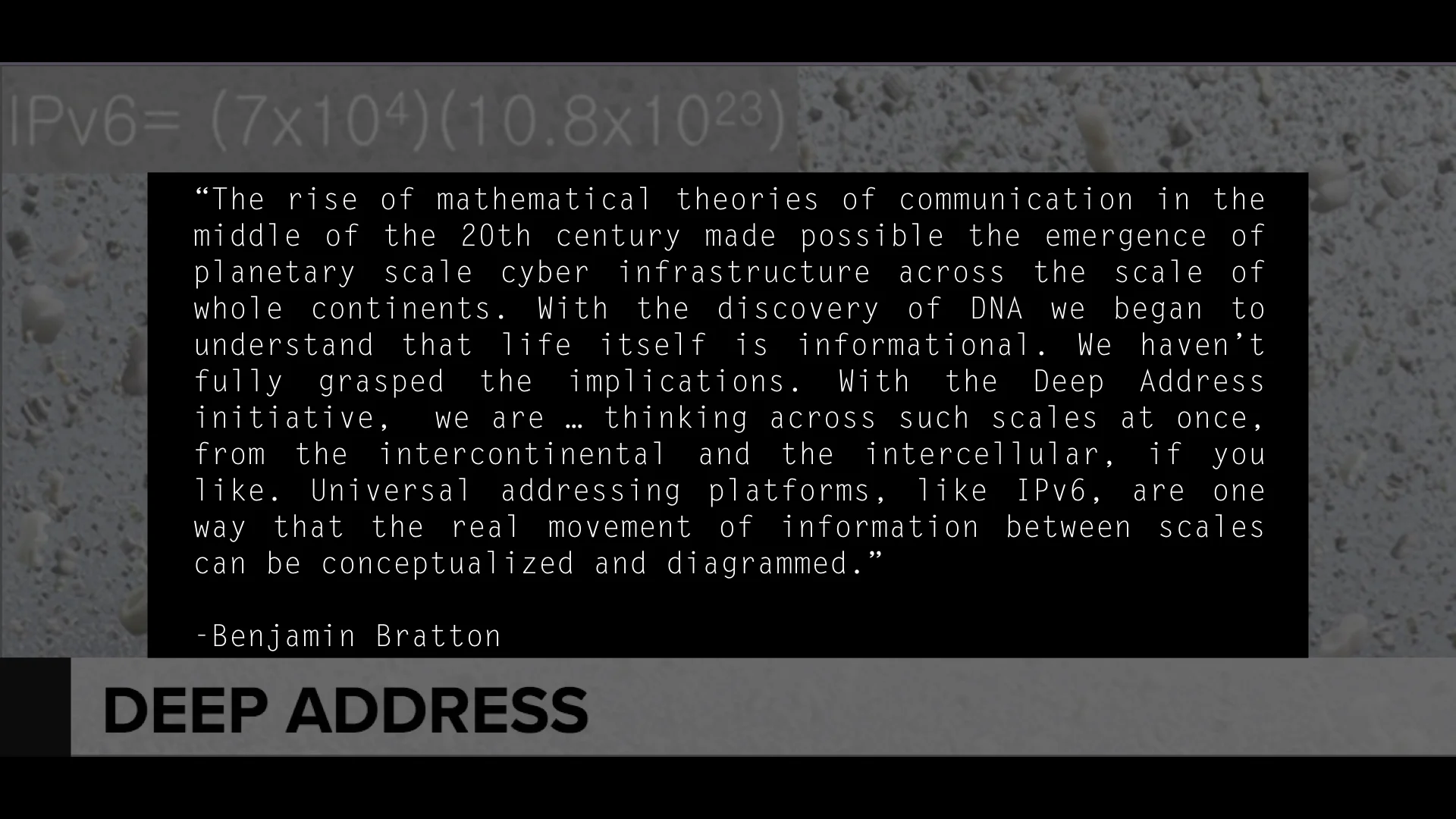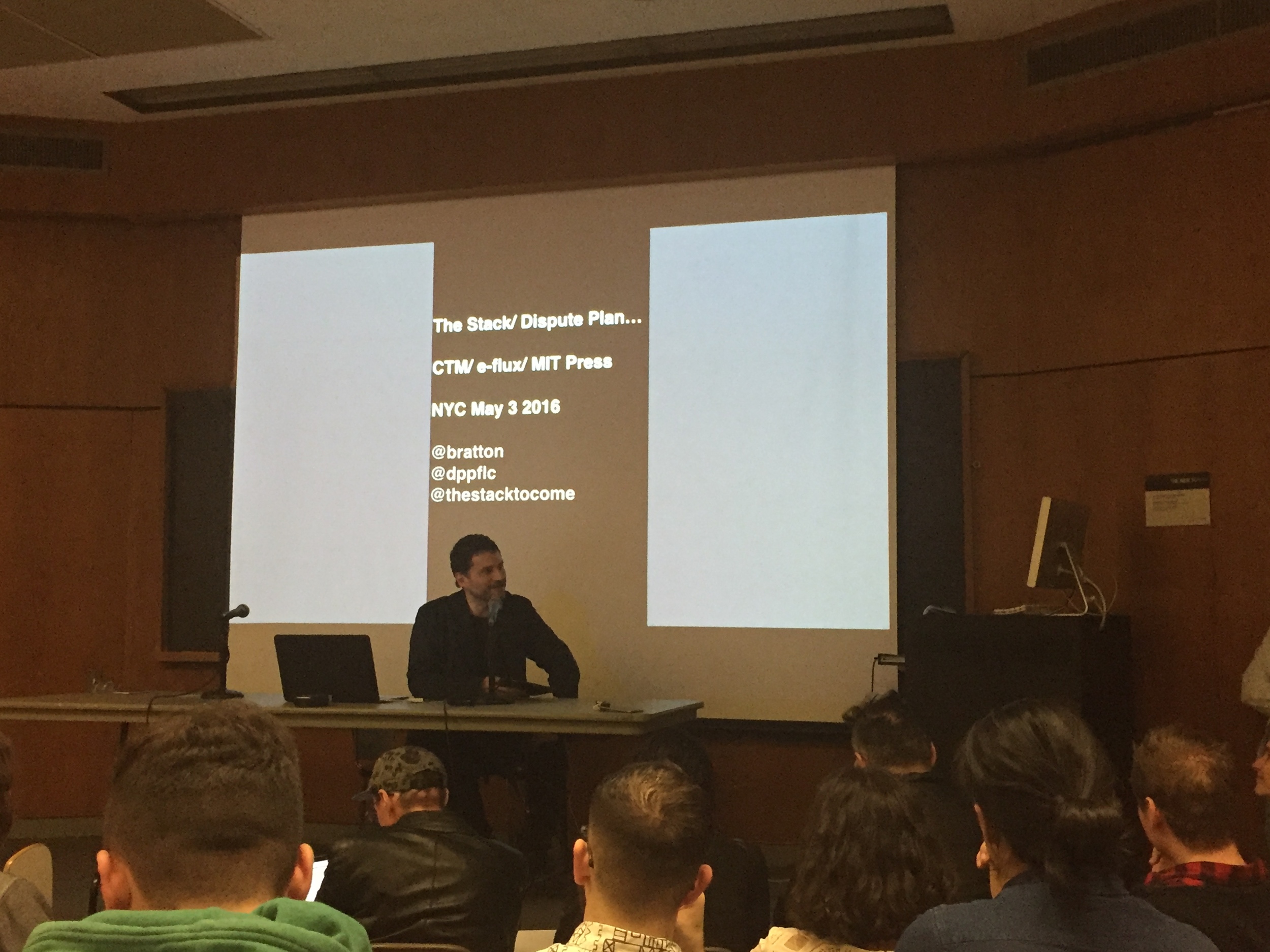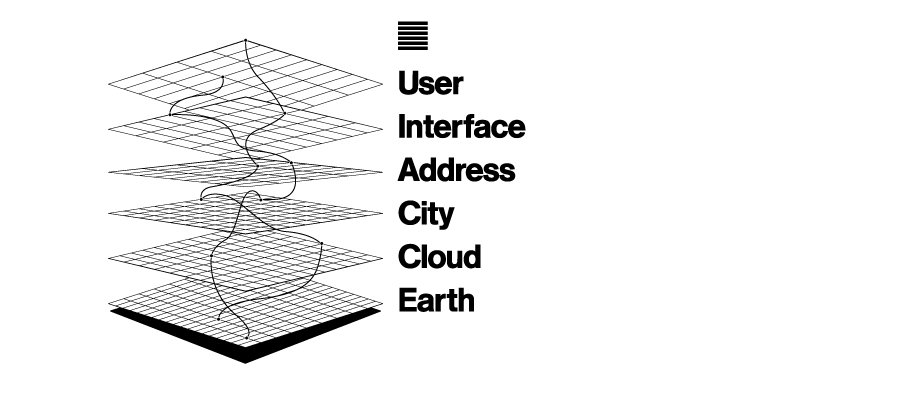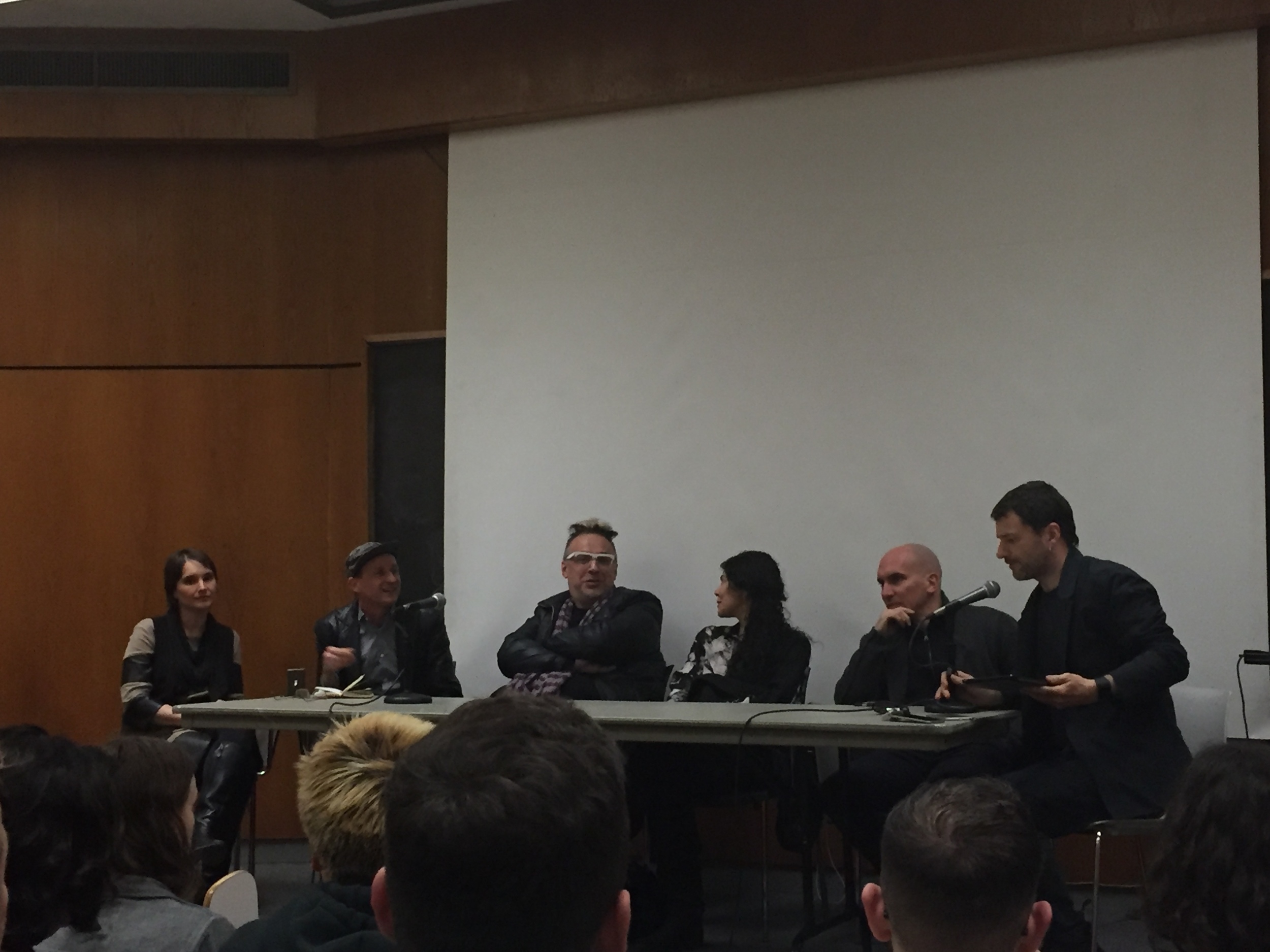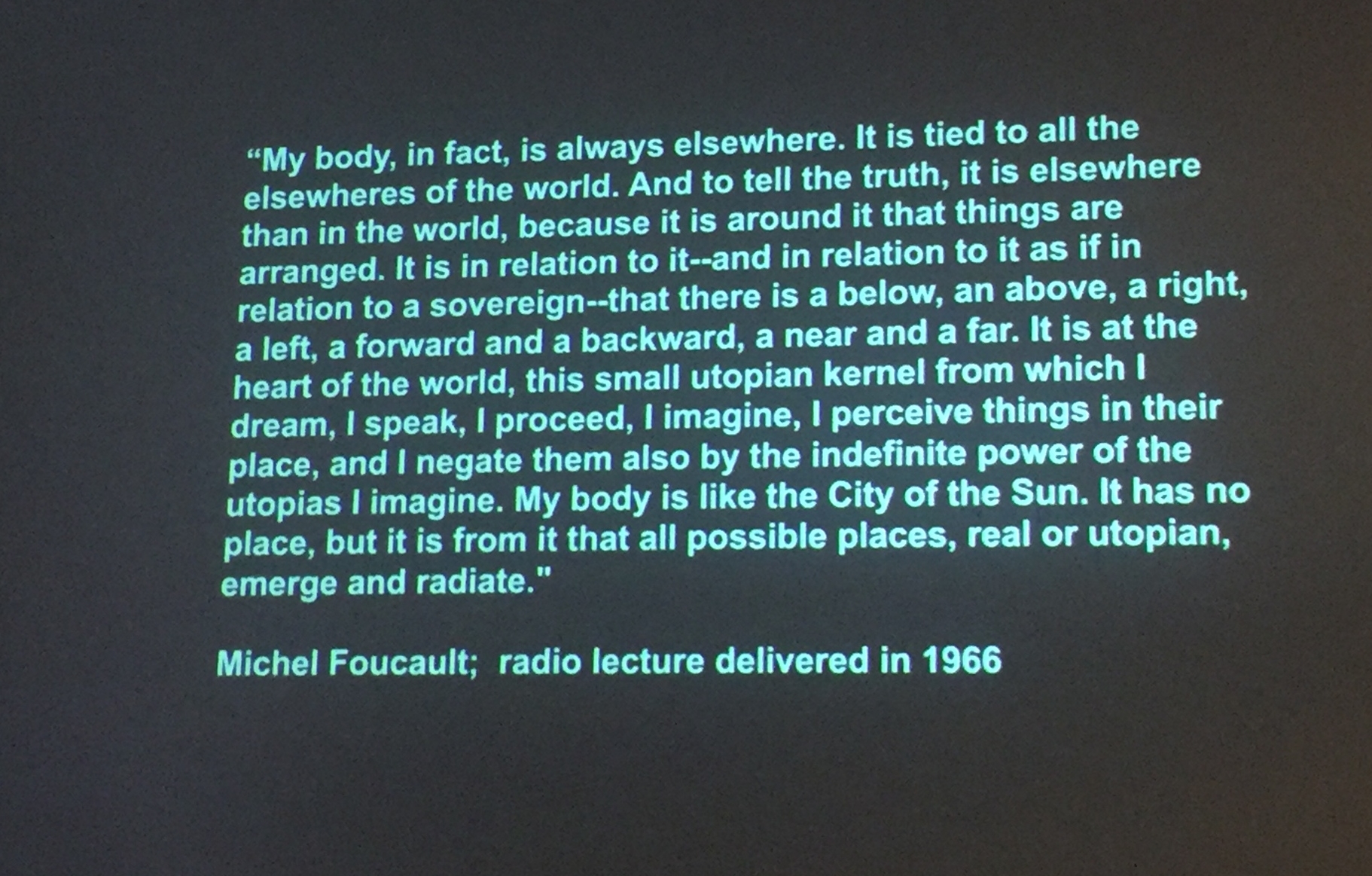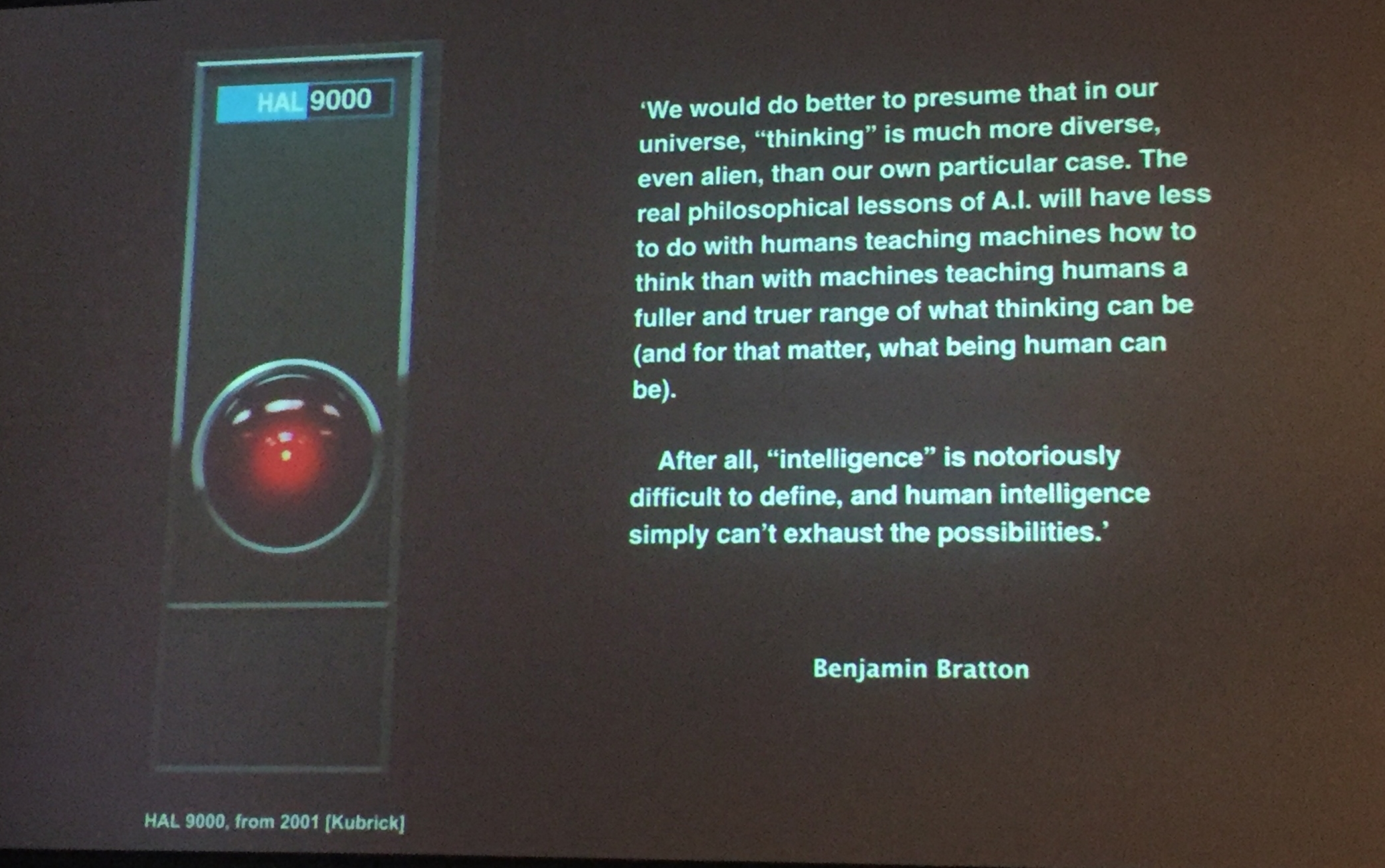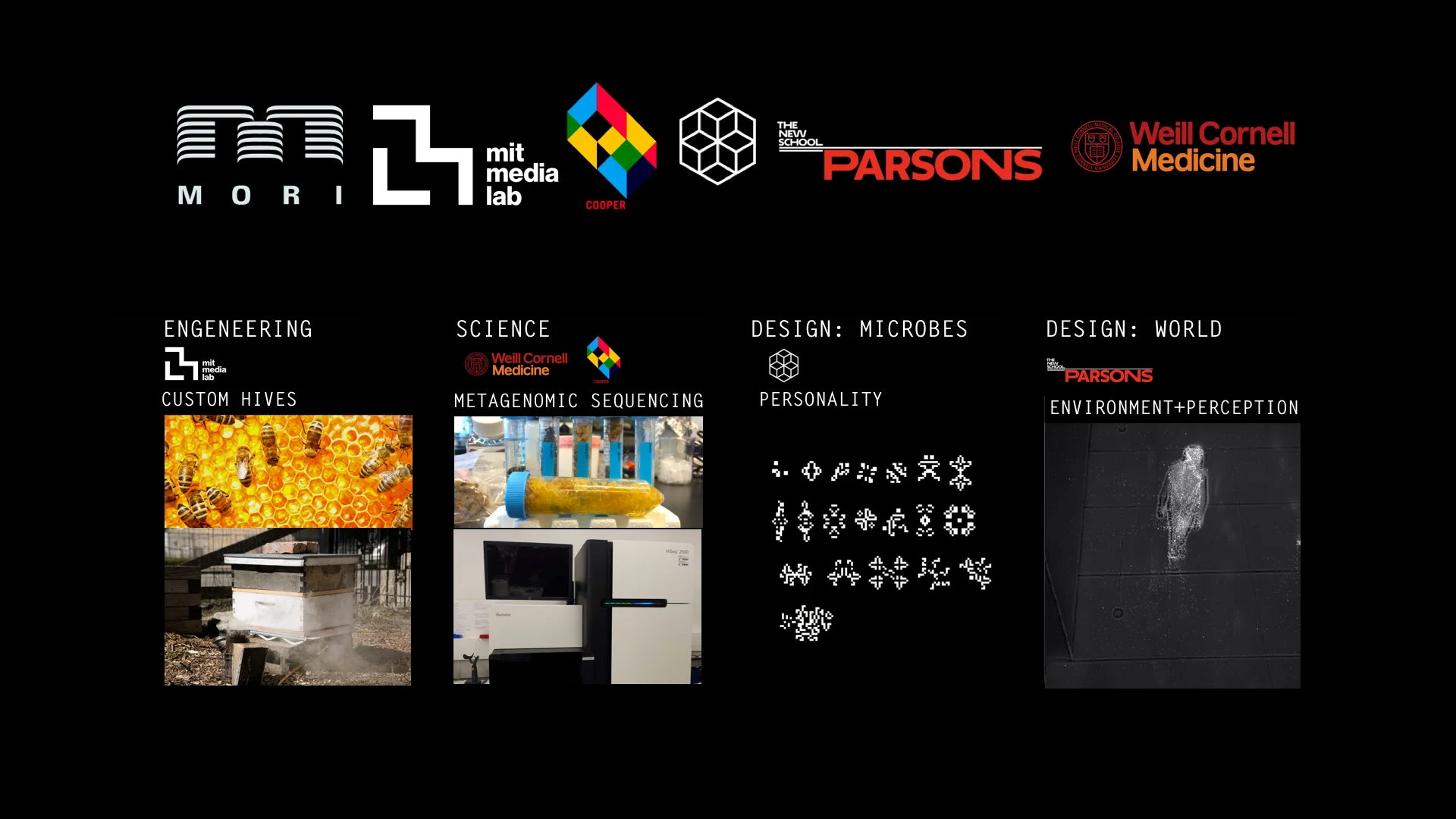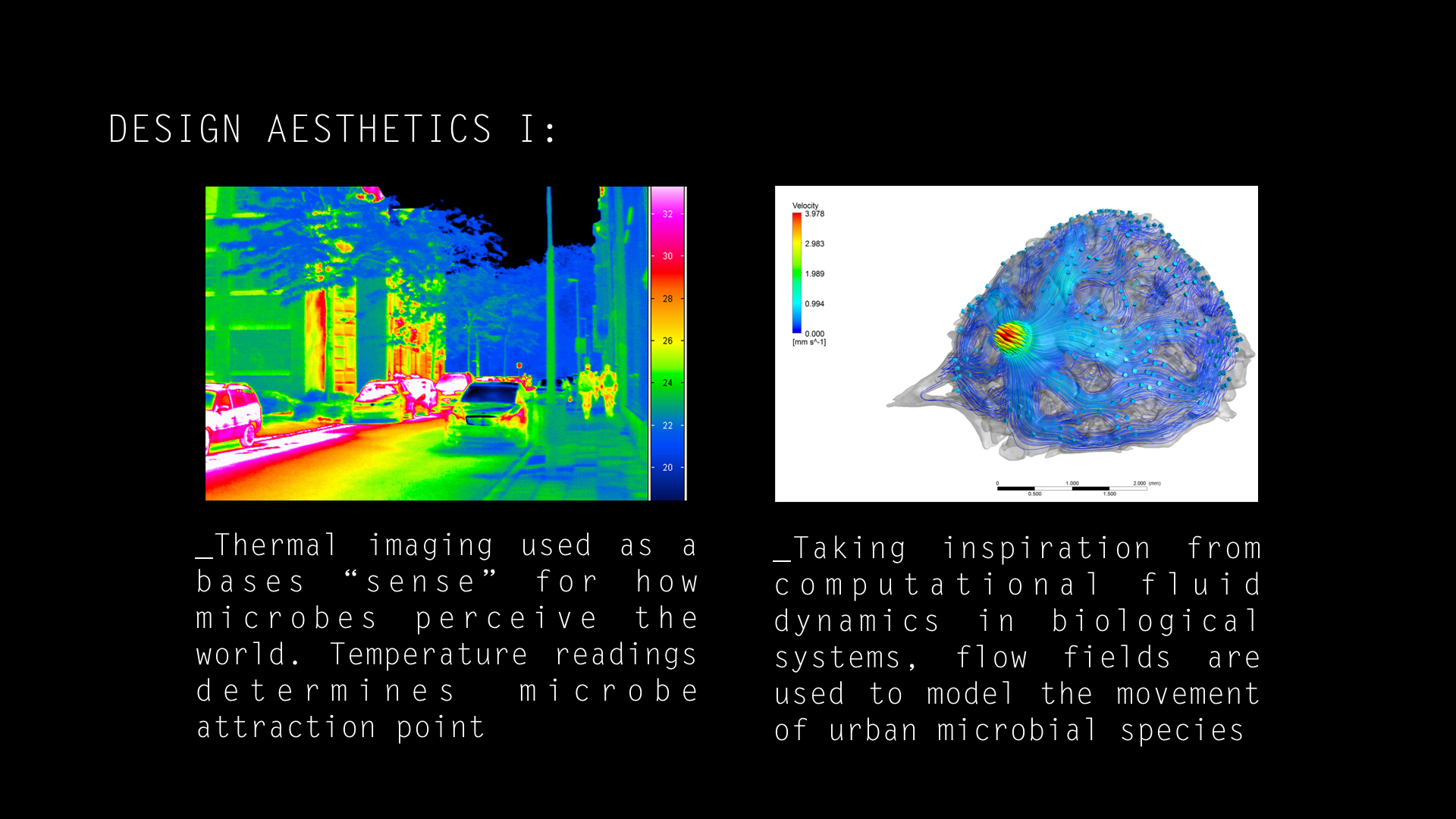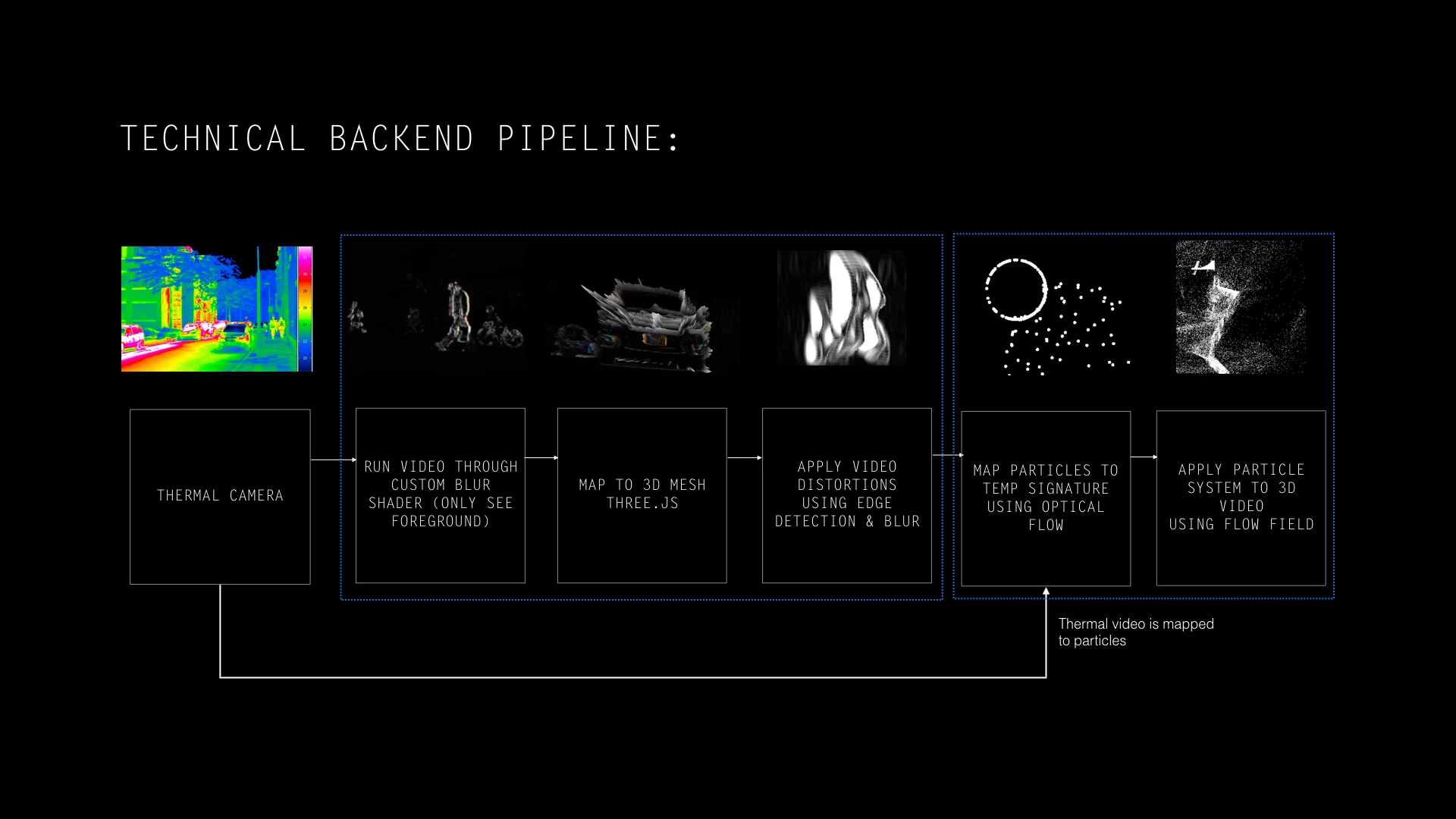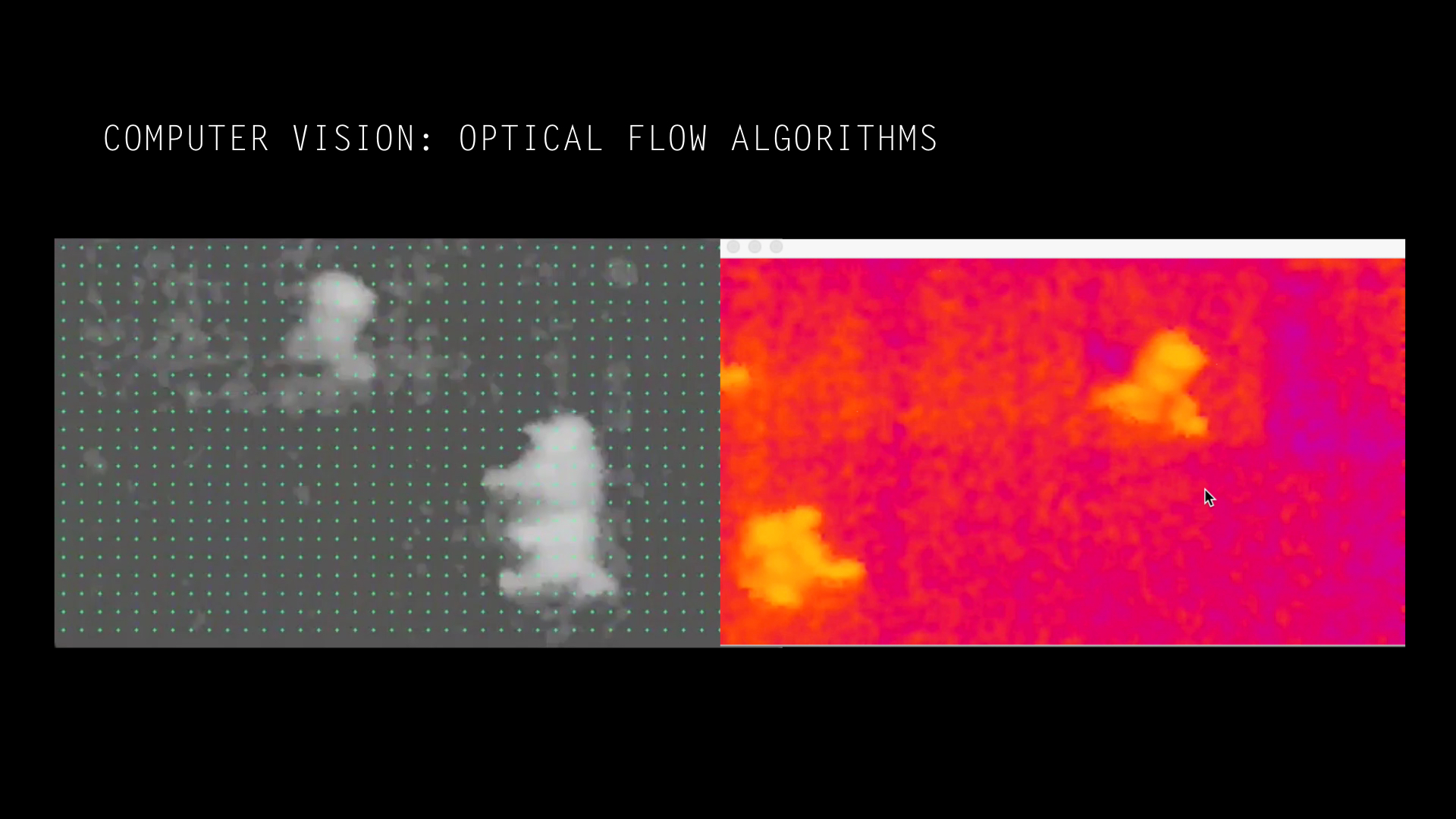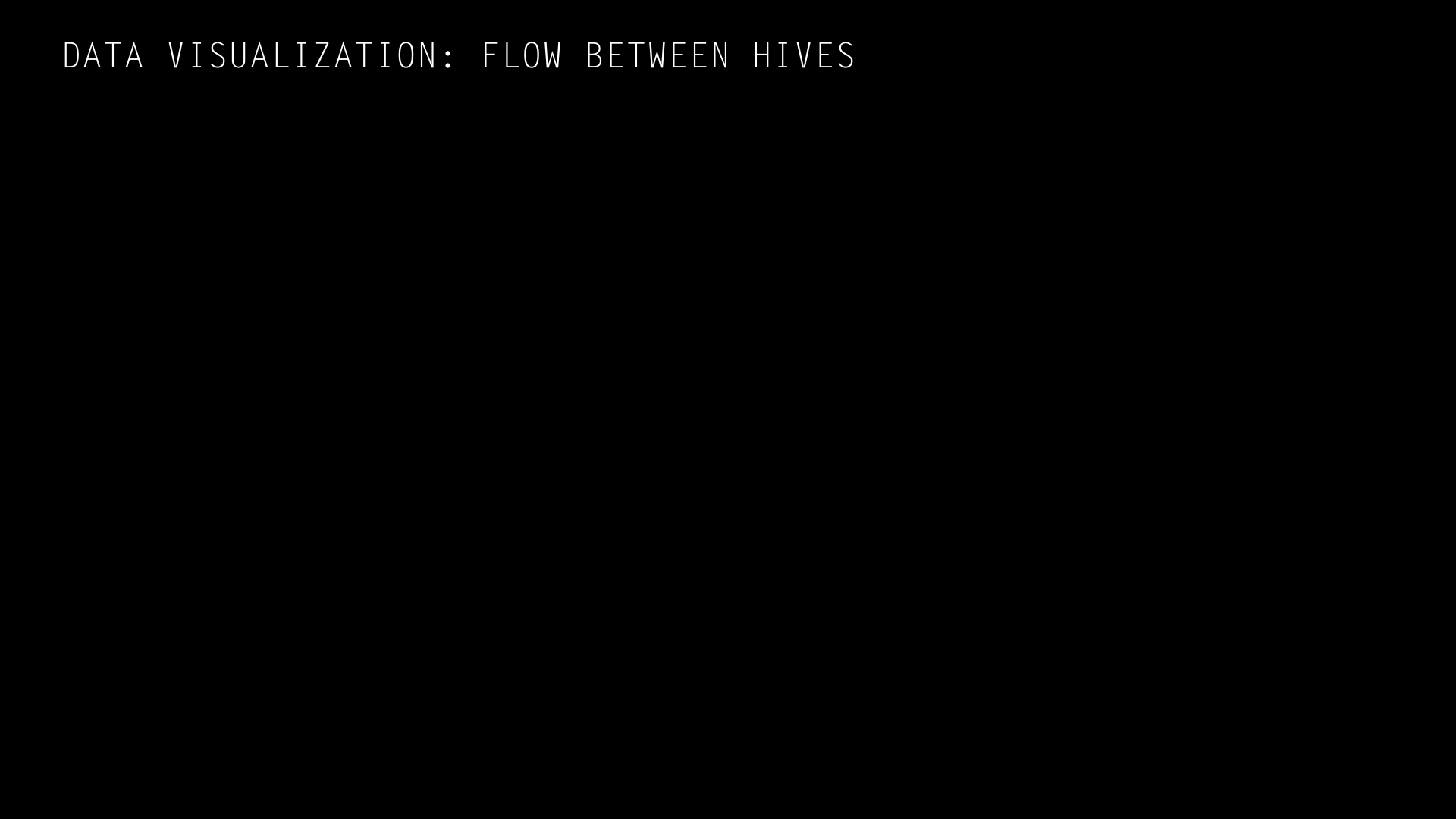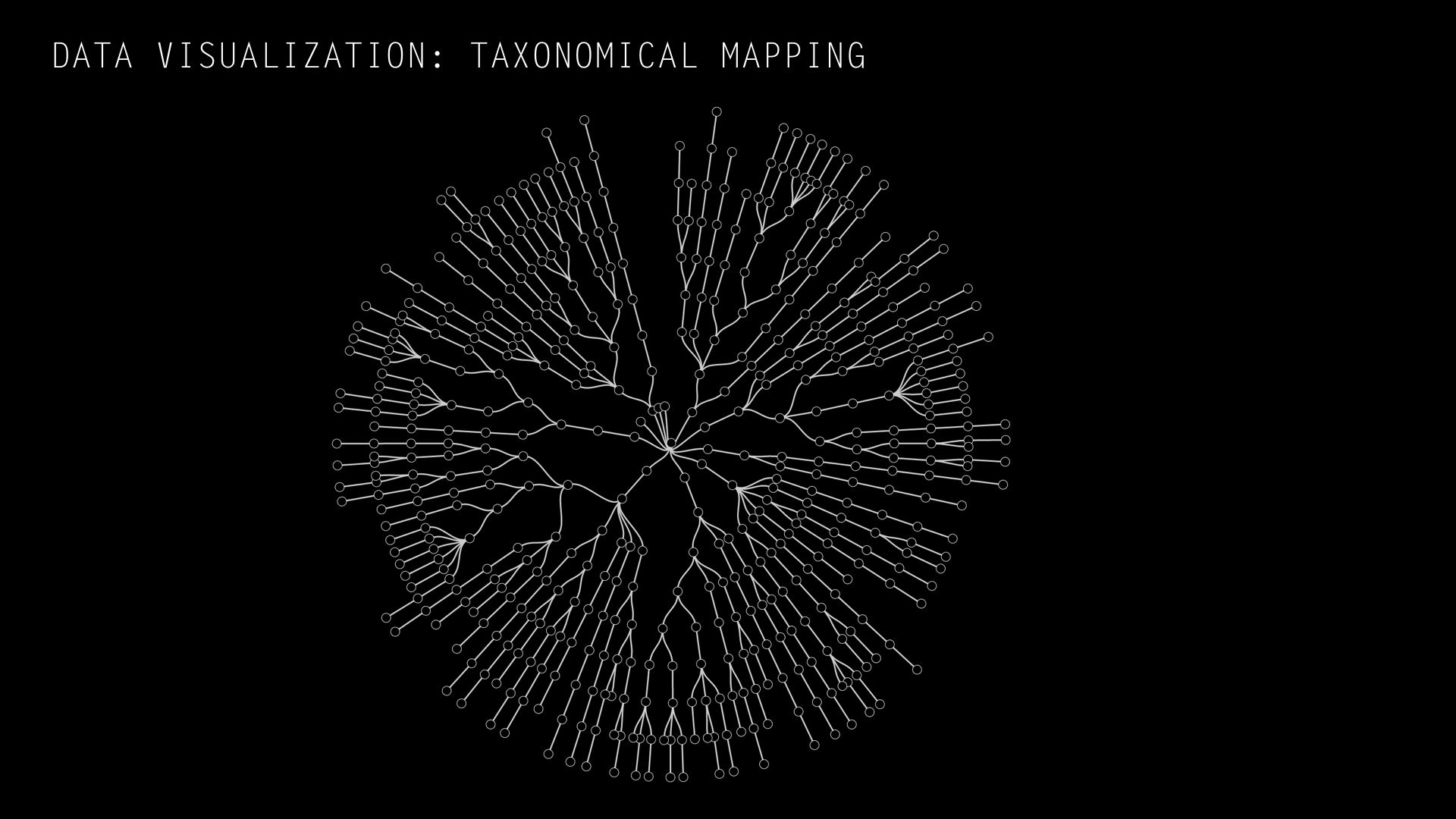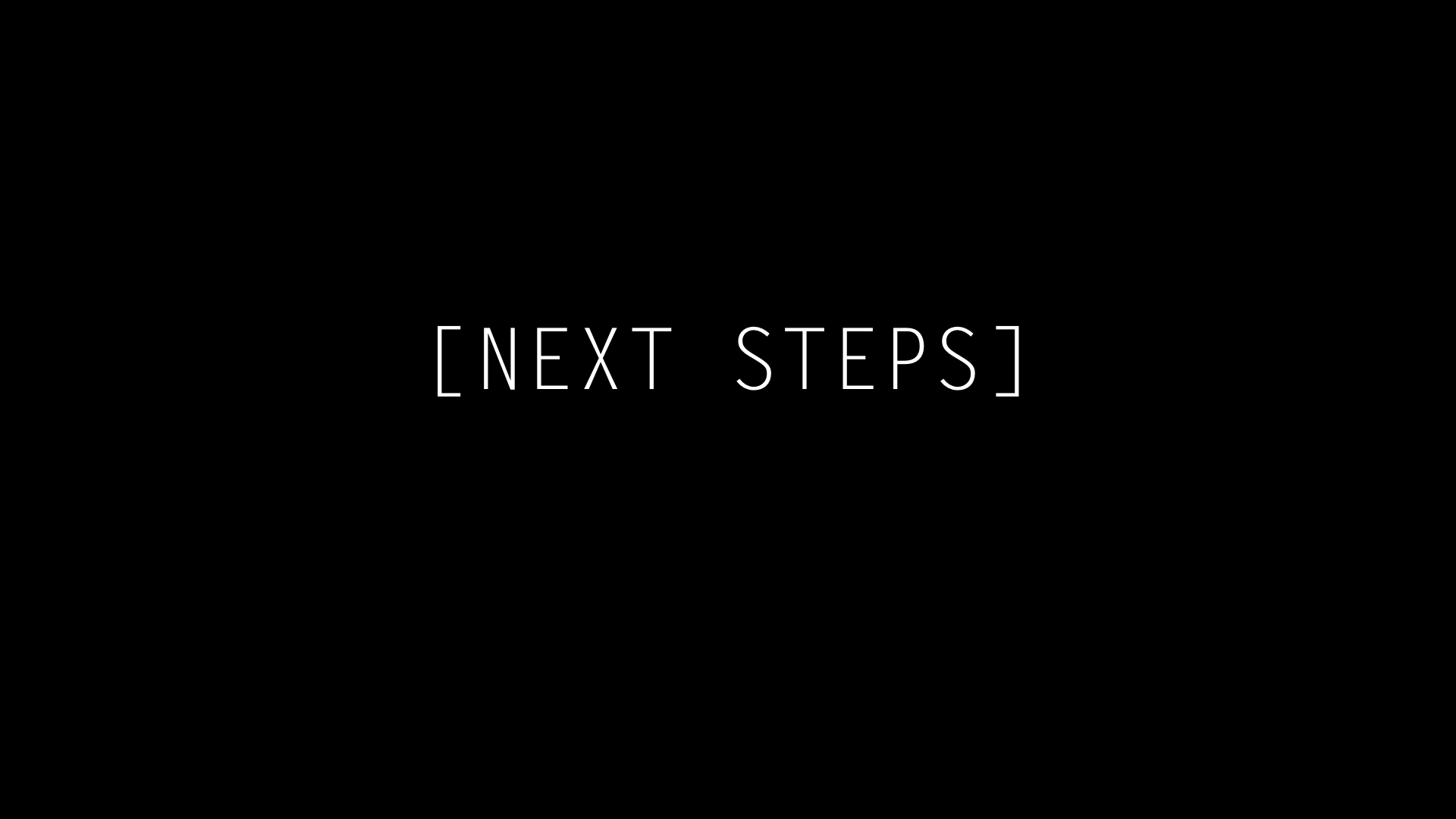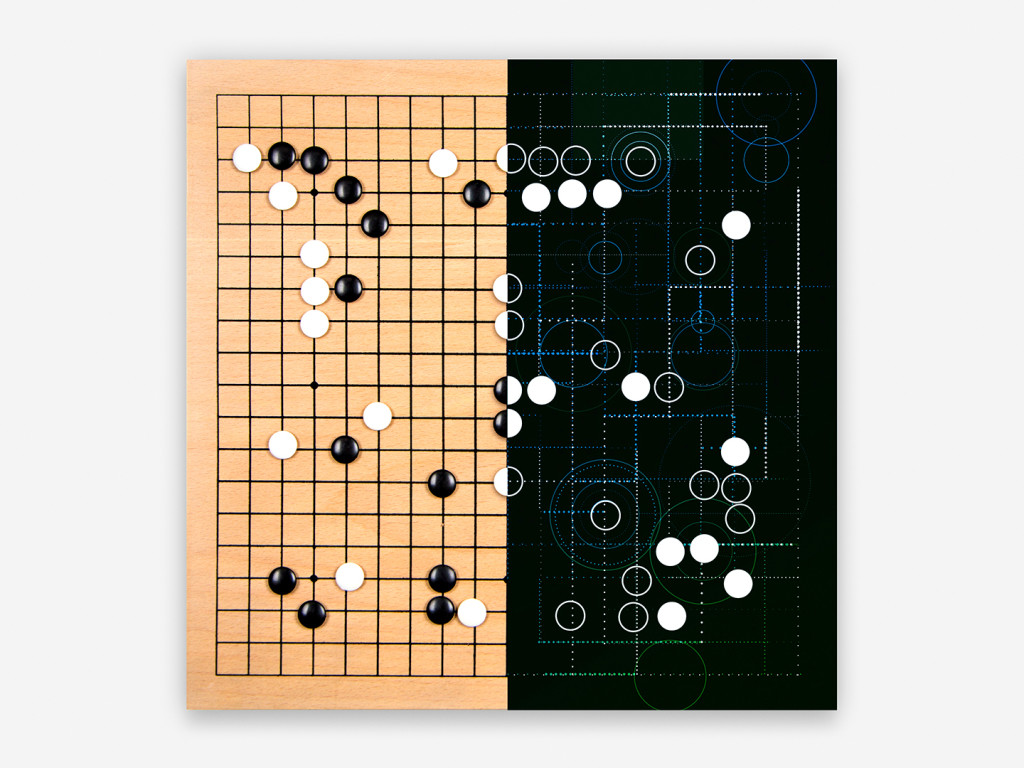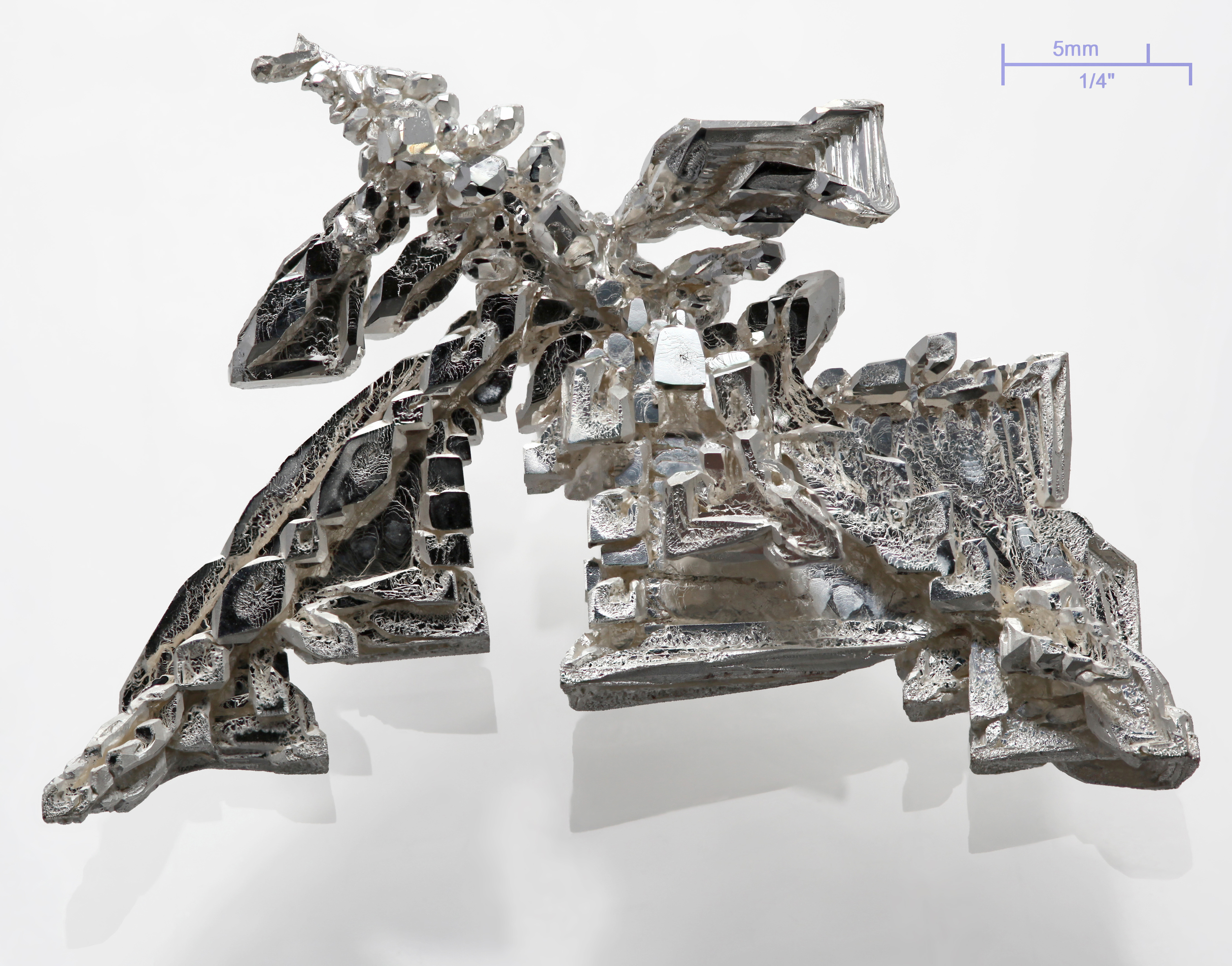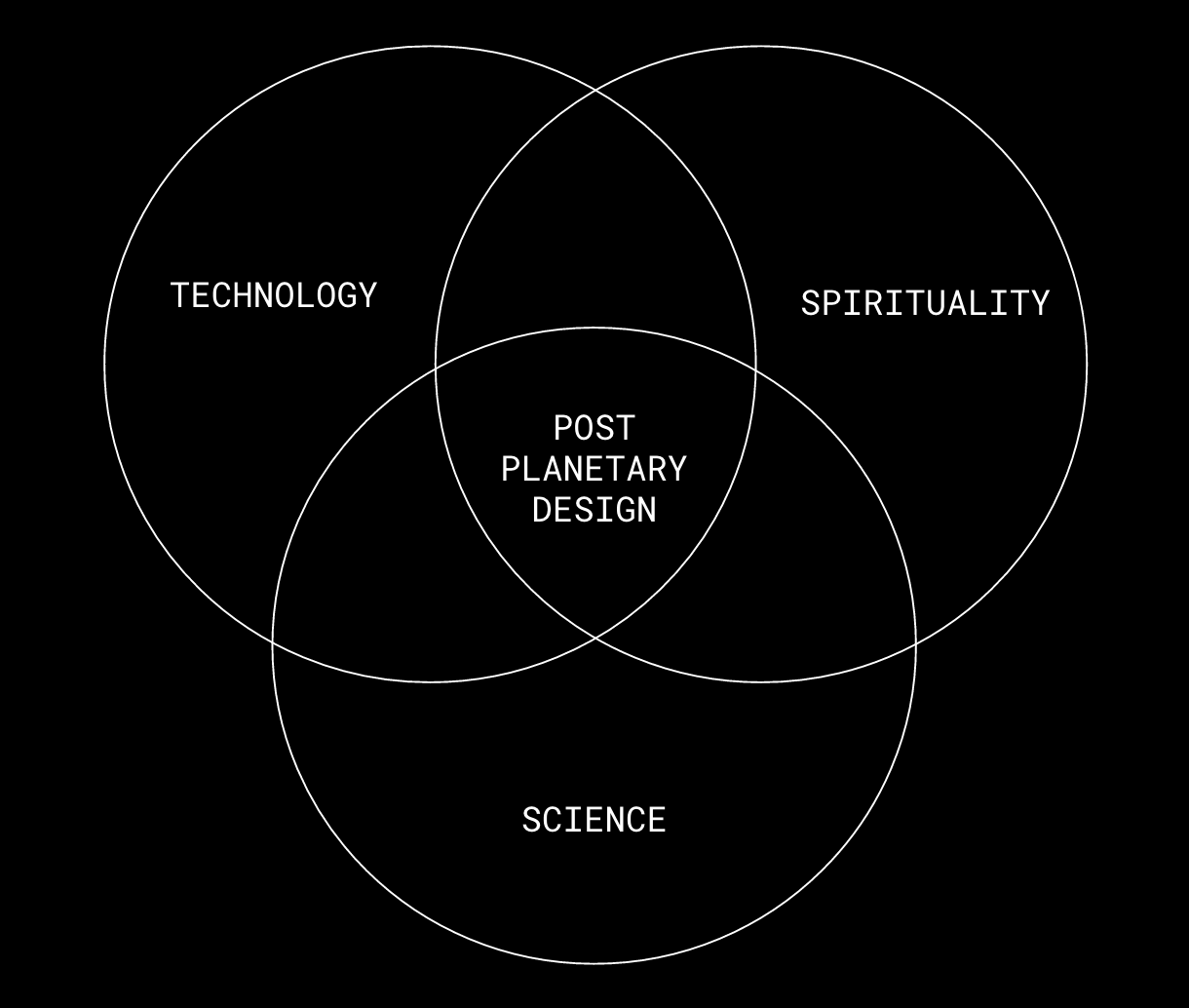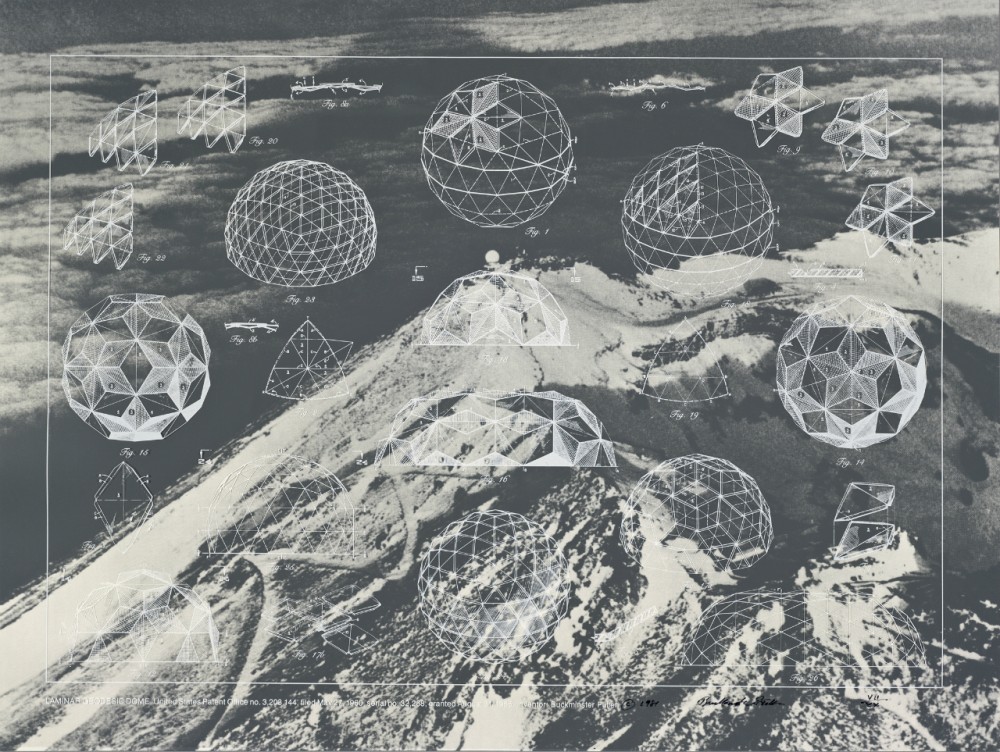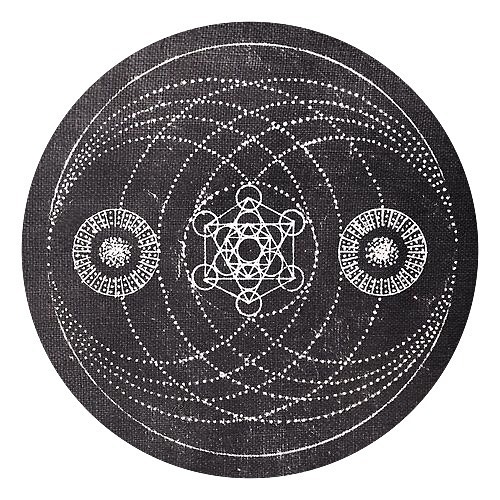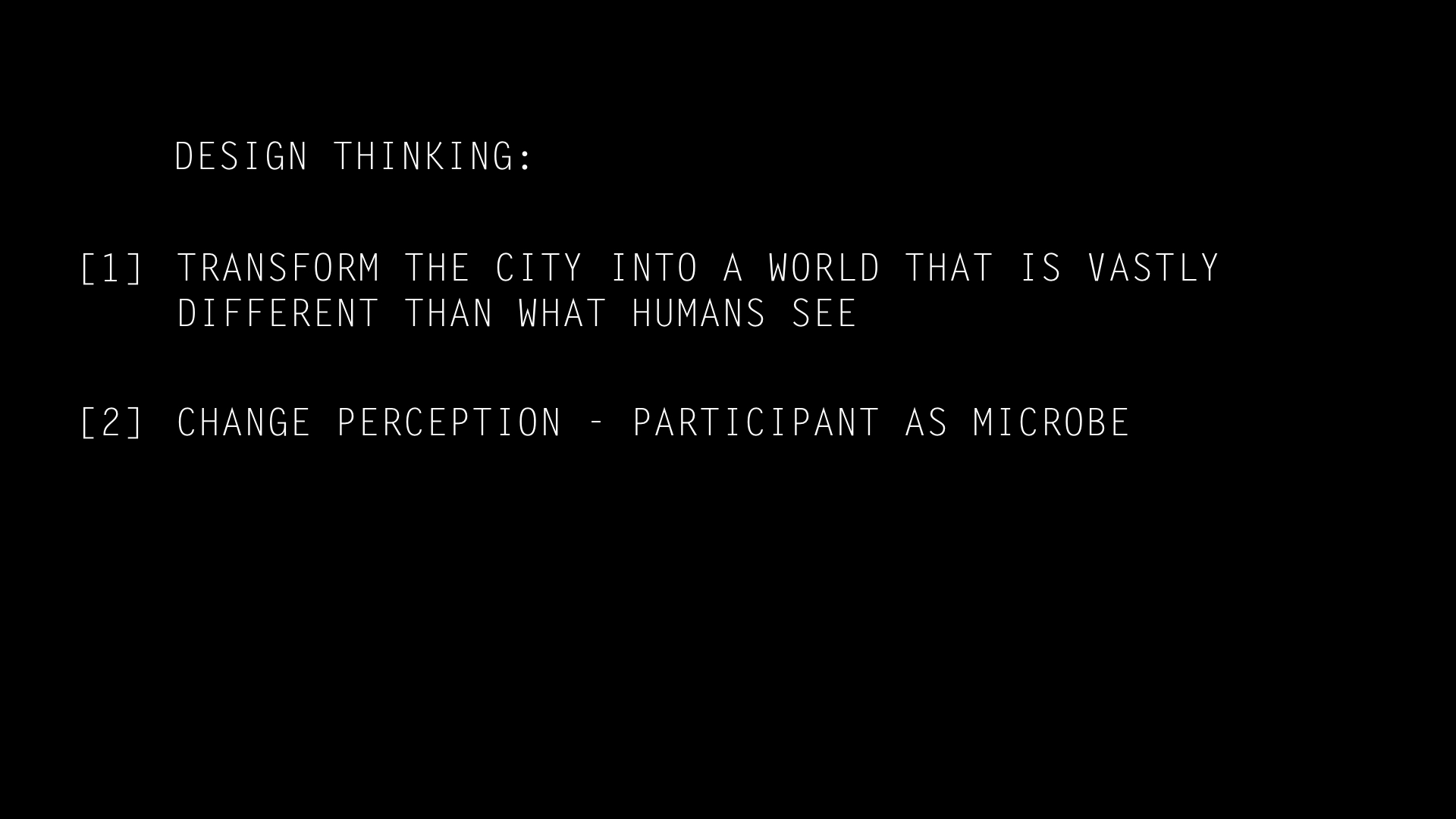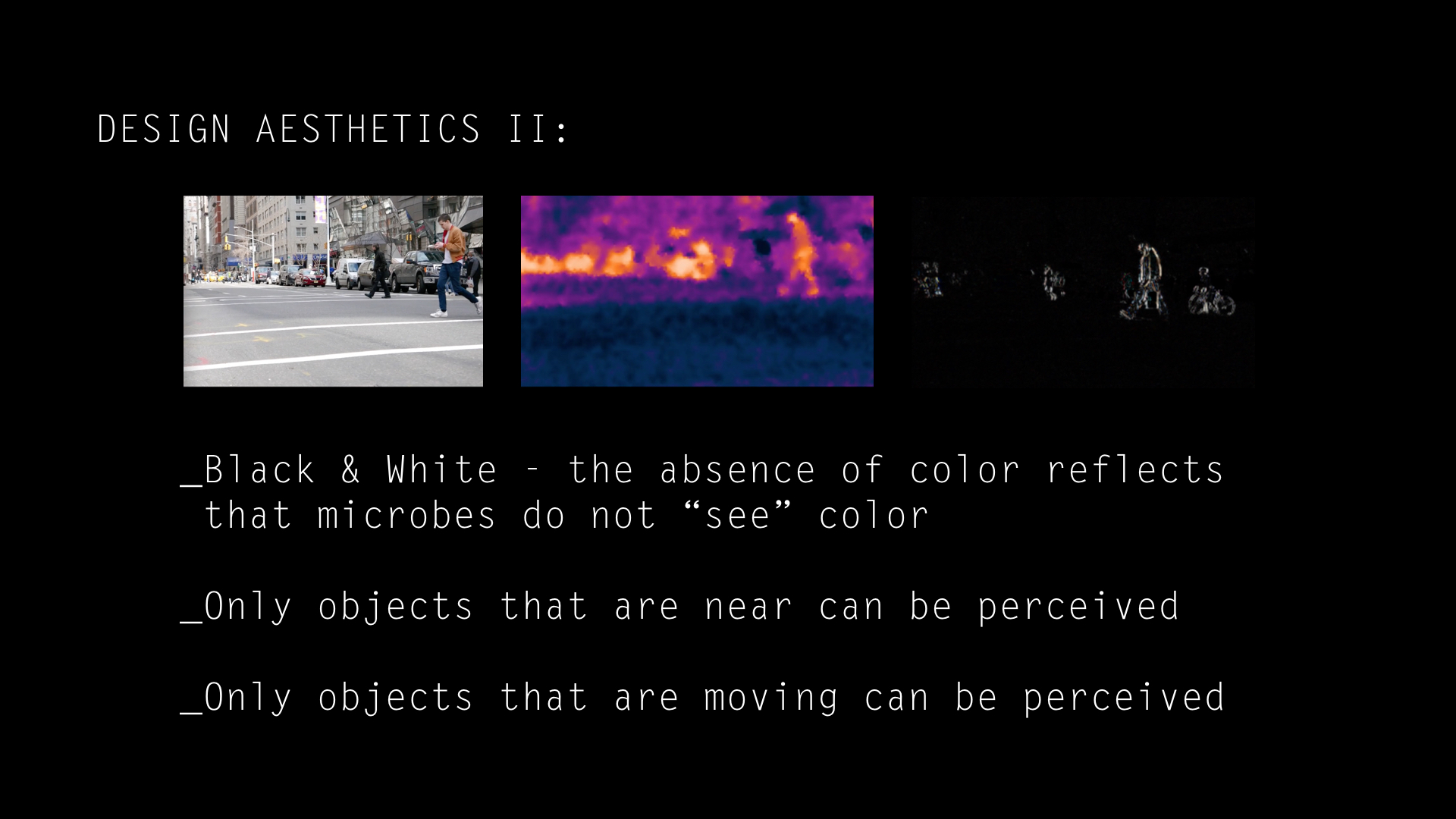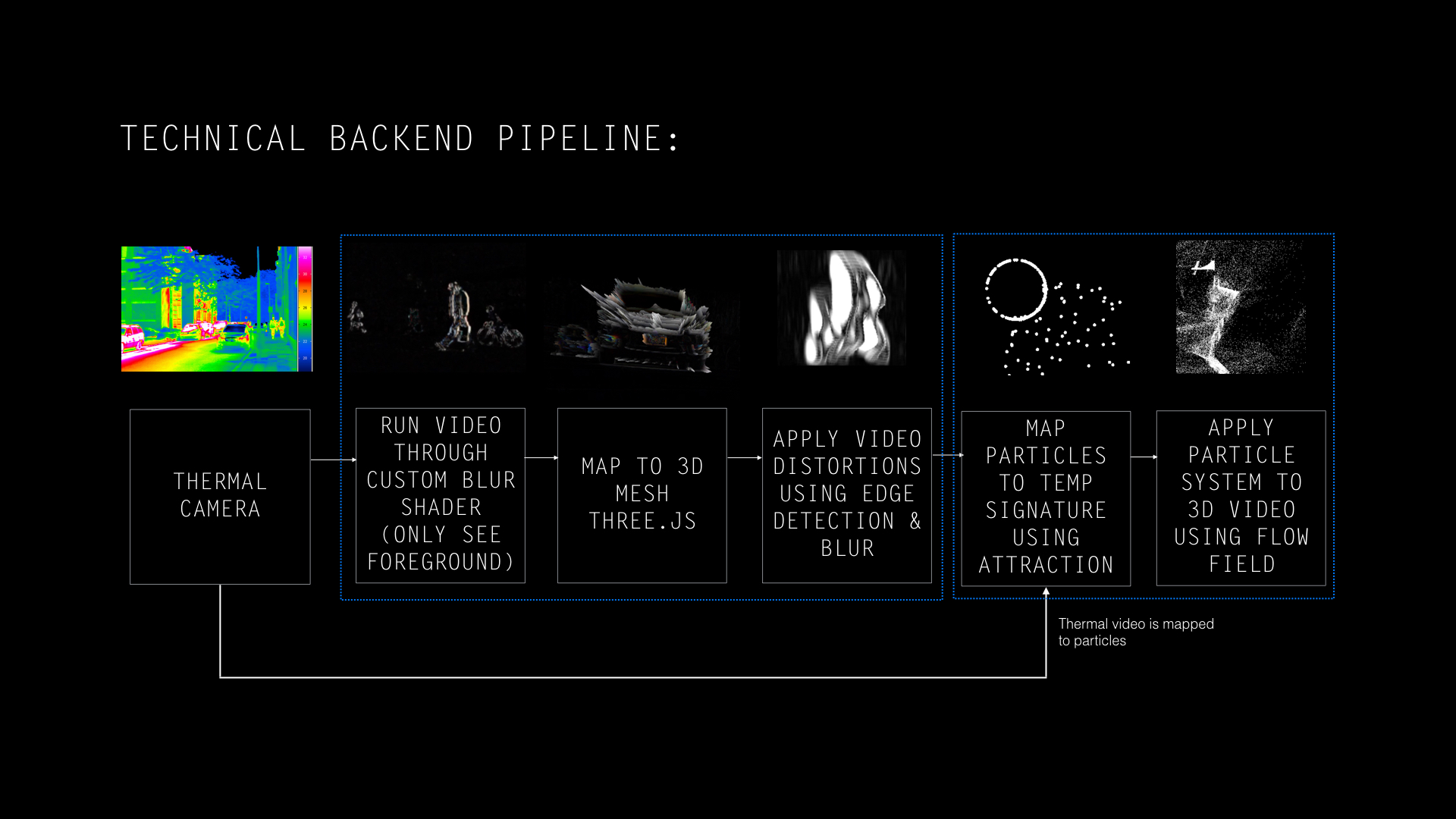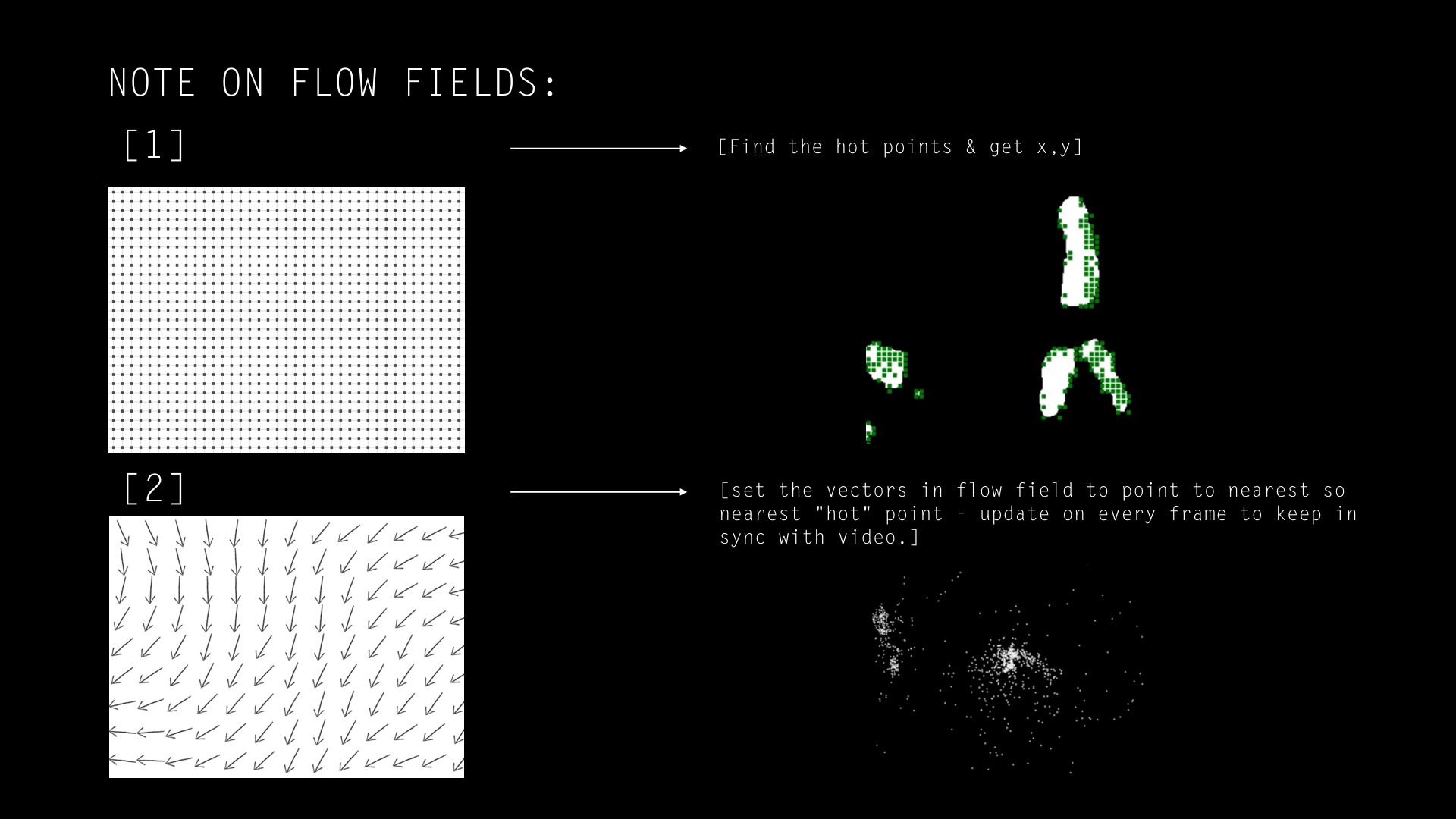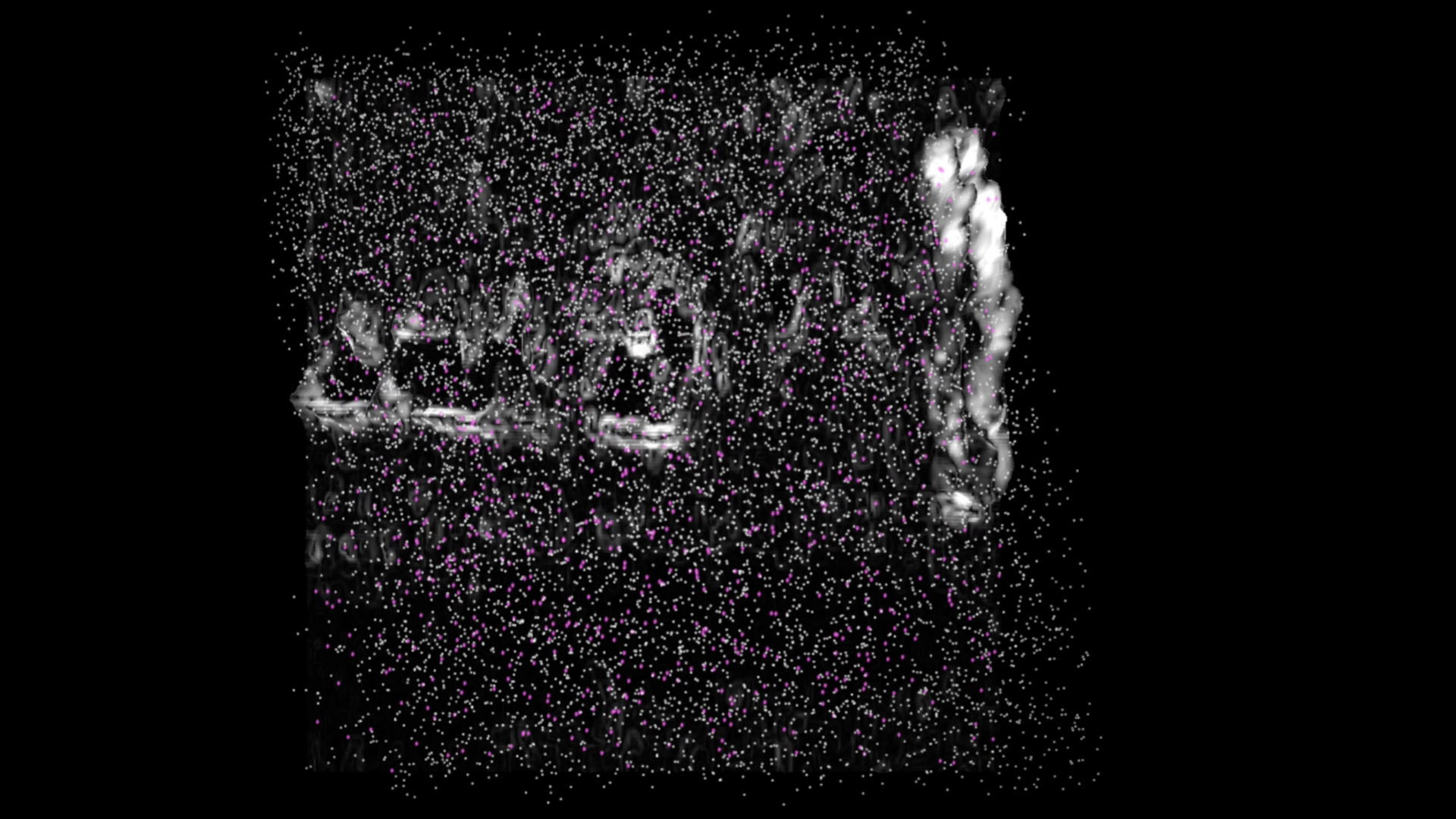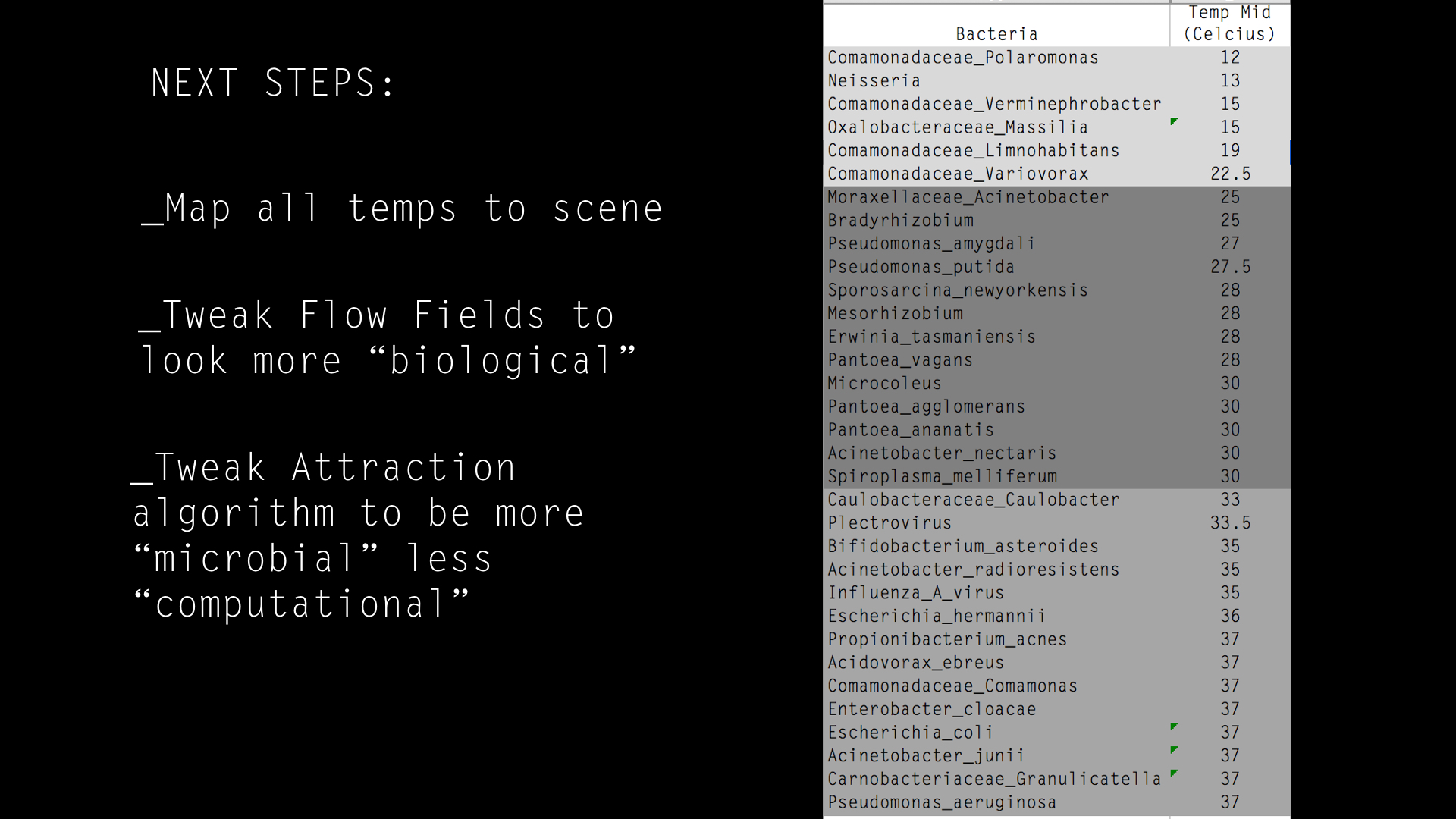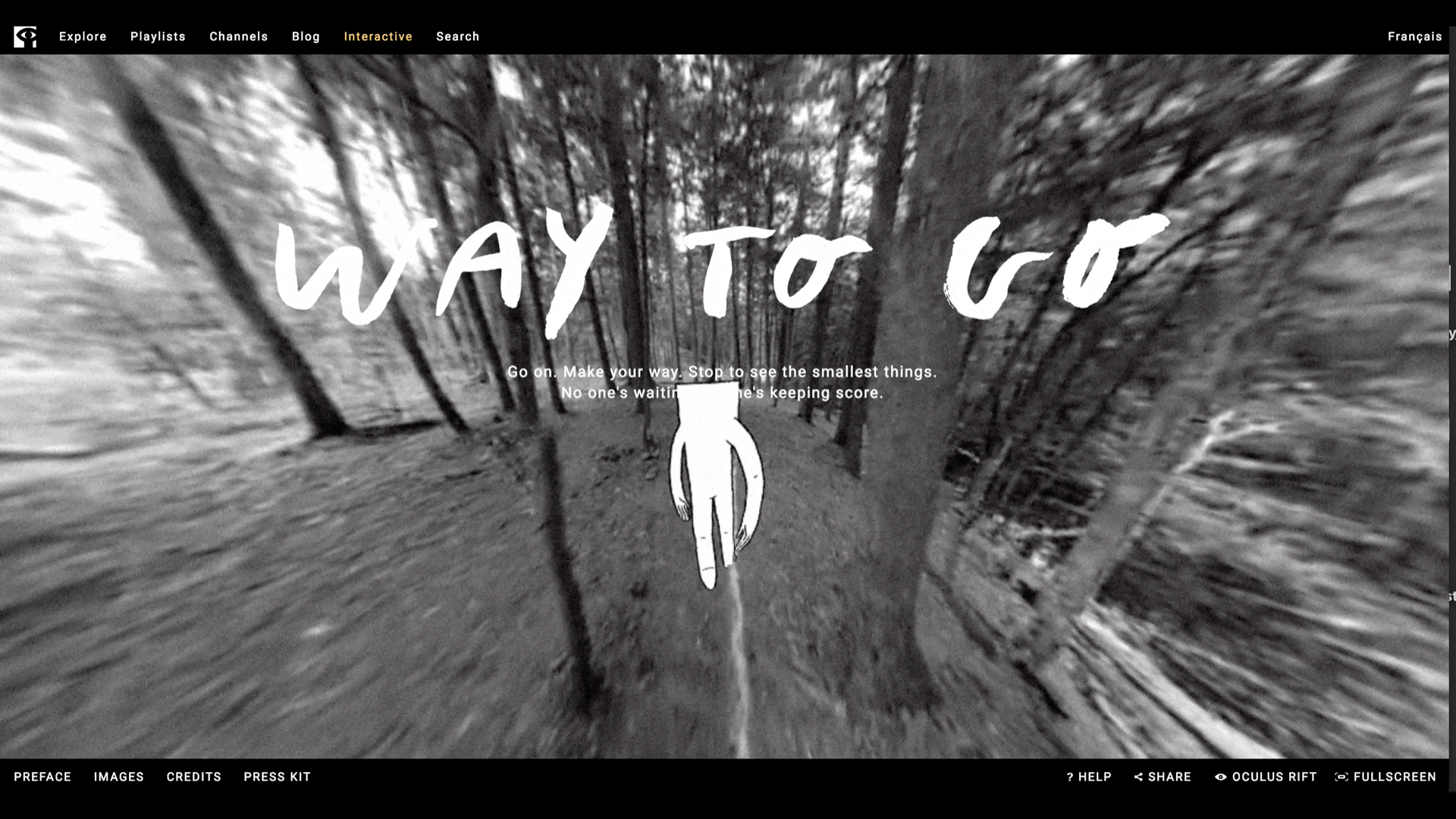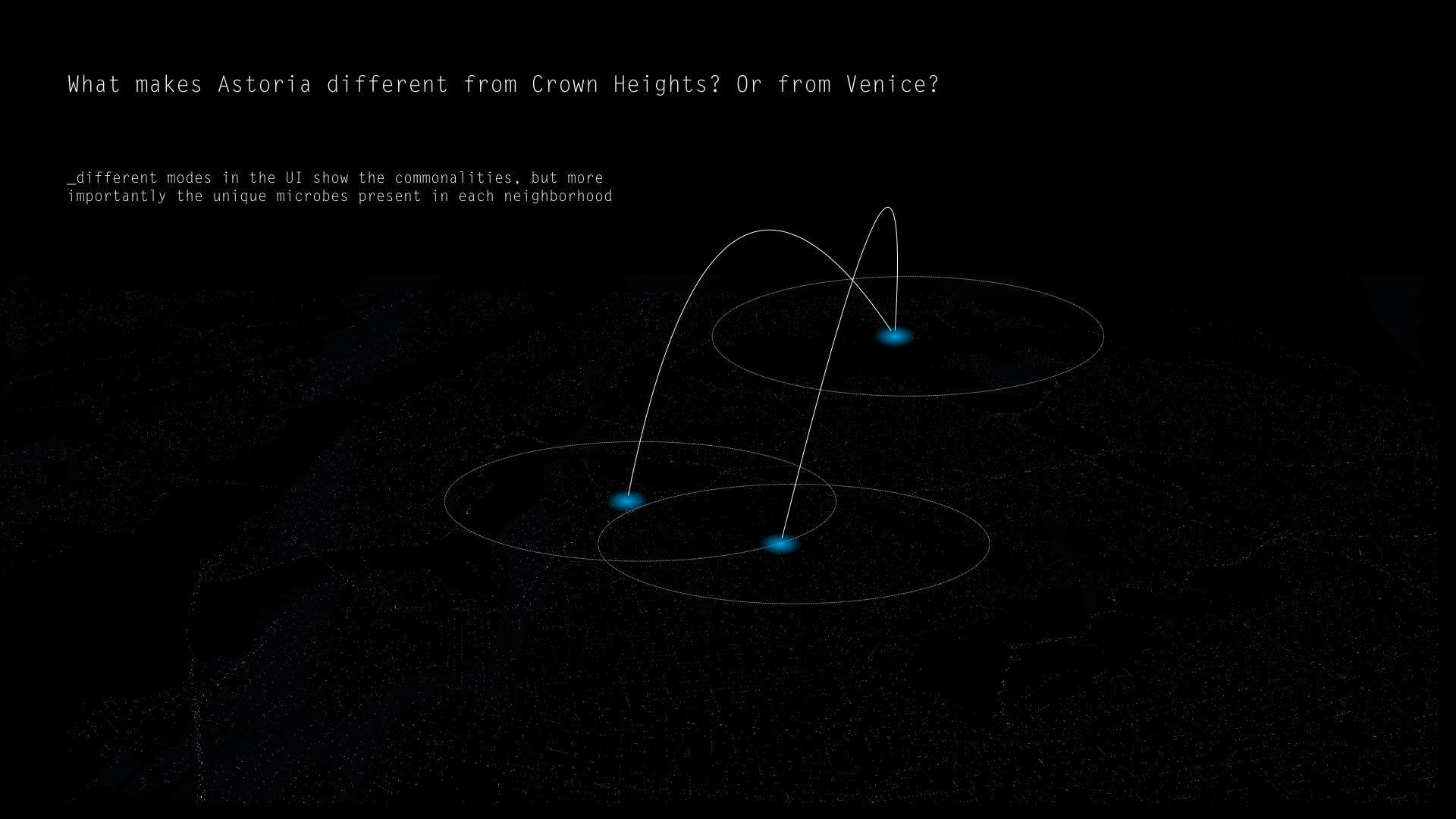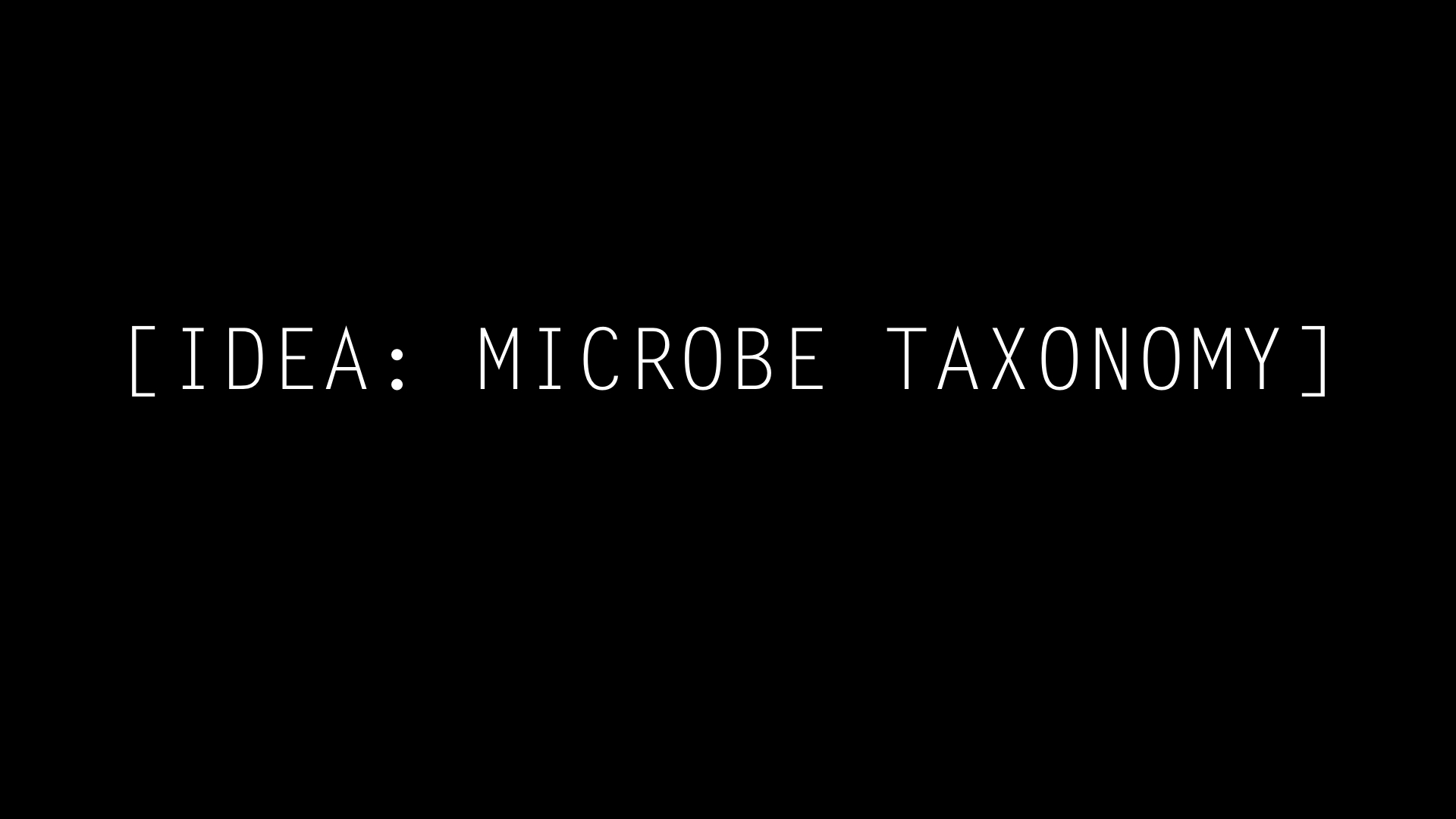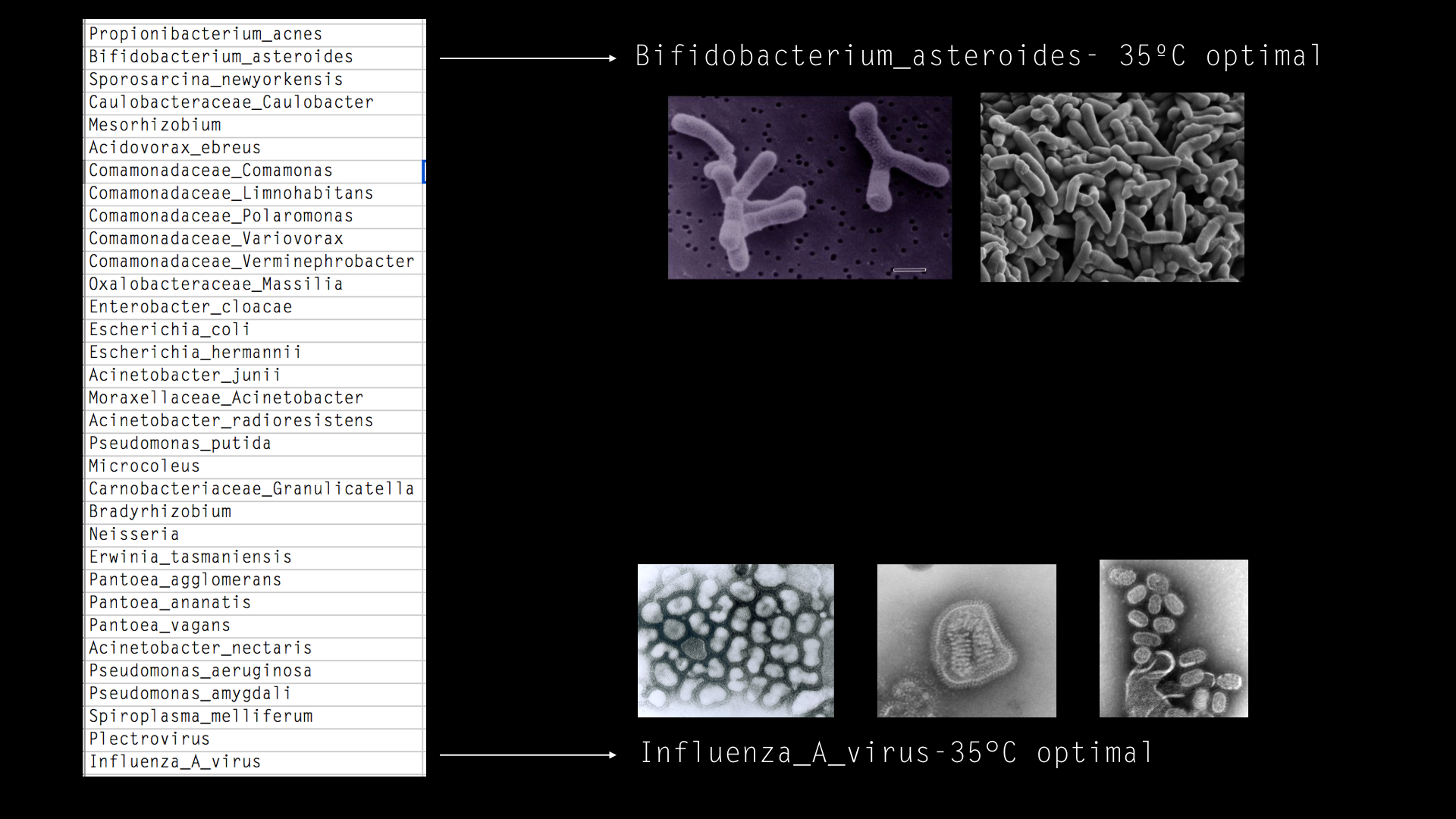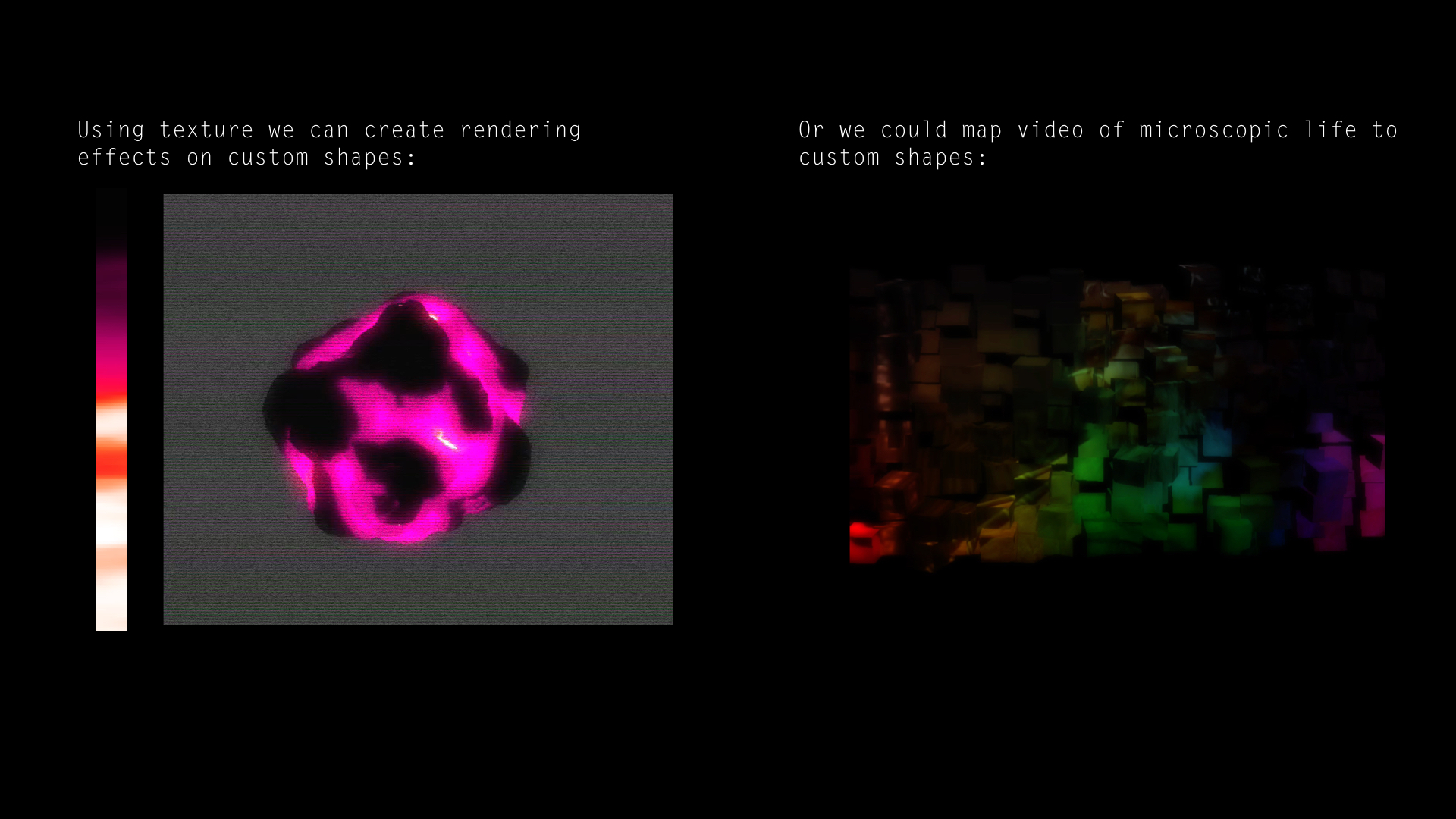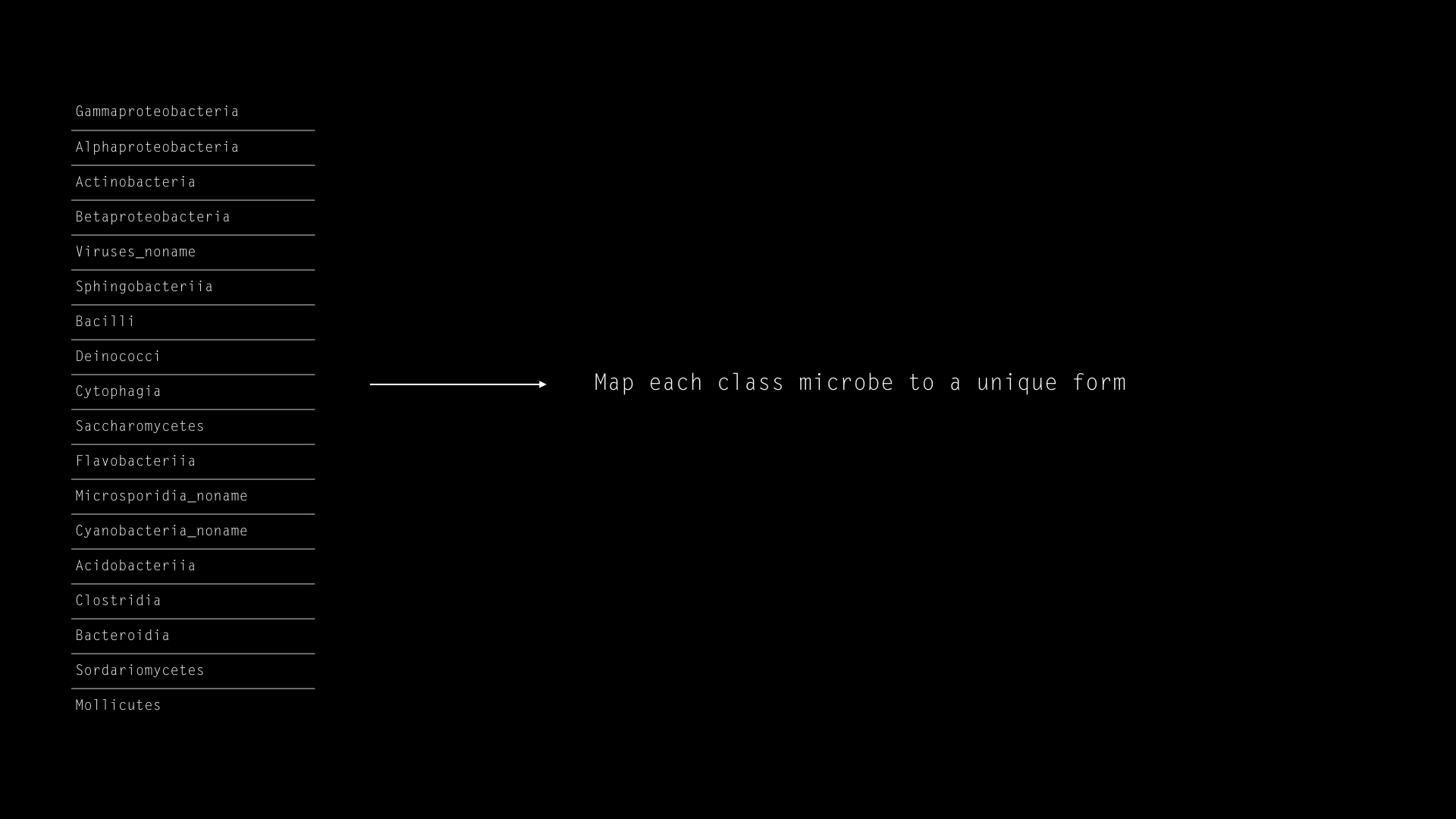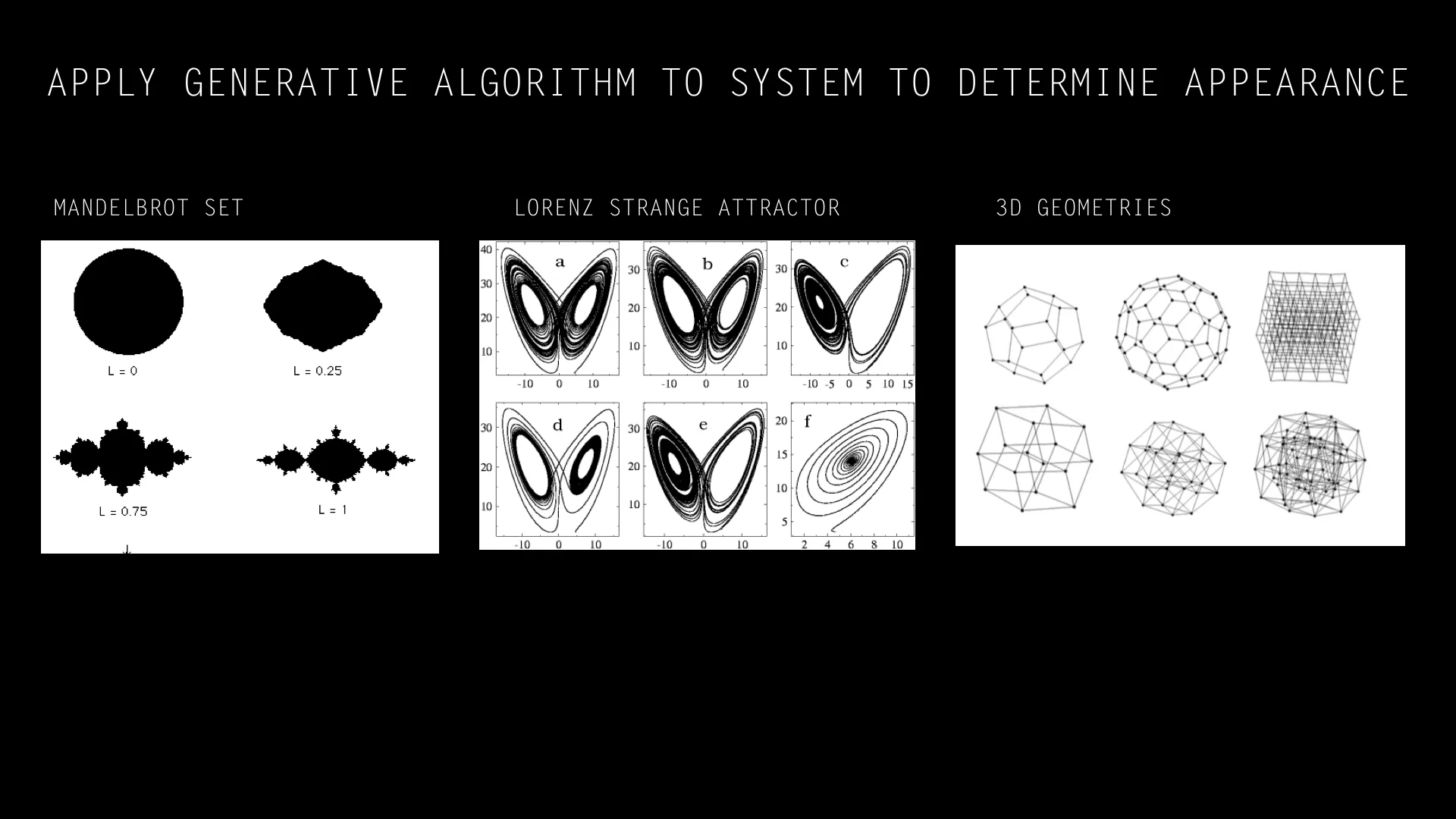Questions for the Author
0) “Worrying about sentient A.I. as the ice caps melt is like standing on the tracks as the train rushes in, worrying about being hit by lightning ”
"Extract (8):
The Dithering: 2005 to 2060. From the end of the postmodern (Charlotte’s date derived from the UN announcement of climate change) to the fall into crisis. These were wasted years.
The Crisis: 2060 to 2130. Disappearance of Arctic summer ice, irreversible permafrost melt and methane release, and unavoidable commitment to major sea rise. In these years all the bad trends converged in “perfect storm” fashion, leading to a rise in average global temperature of five K, and sea level rise of five meters—and as a result, in the 2120s, food shortages, mass riots, catastrophic death on all continents, and an immense spike in the extinction rate of other species. Early lunar bases, scientific stations on Mars."
Can you discuss climate change (The Dithering and The Crisis)? Do you see today that this is inevitable? Is there any hope for Earth? Are these in fact "the wasted years"?
1) Myself and my classmate Bailey were talking about the time span of 300 years. We were trying to think about how much could change in 300 years. So we thought about the past and what was happening 300 years ago (1716 a time of slavery, Benjamin Franklin, British rule, etc.). While today our lives are vastly different (iPhones, cars, planes, etc.) our human bodies are the same. The idea of “being human” has not changed all that much. While in your book, 2312, the idea of being human seems to have changed a lot (gender, body evolution, lifespan, implanted AI). So we started diagraming an exponential curve for the growth of technology and a growth curve for human intelligence that flattens out. Then we thought, well does human intelligence flatten/level off, or does it start to fall at some point (i.e. when humans no longer even have to think because they can rely on their machines to think for them - WALL-E)? "Many scientists believe the exponential growth in computing power leads inevitably to a future moment when computers will attain human-level intelligence: an event known as the 'singularity'.” This is the case in 2312 with the Qubes, yet humans still remain highly intelligent themselves. Can you discuss 1) this idea of temporality with respect to human evolution and the idea of "being human" in the future and 2) the idea of the singularity and human-AI coexistence?
2) Going further with the AI question here. Towards the end of the book when Wahram is proposing to Swan there is an interesting piece of dialogue:
“Pauline is very much a separate entity in here. That’s why you locked me out of your meetings, right?”
“Yes, but because you two are one. And so we couldn’t let you in without letting her in too. I am not the first to observe that since you were the one who programmed Pauline, and continue to do so, she is a kind of projection of you—”
“Not at all!”
“—or, well, maybe she would be better described as one of your works of art. They have often been very personal things.”
“My rock piles, personal?”
“Yes. Not as personal as sitting naked on a block of ice for a week drinking your own blood, but nevertheless, very personal.”
“Well, but Pauline is not art.”
“I’m not so sure. Maybe she’s something like a ventriloquist’s dummy. Isn’t that art? Some device we speak through. So I am very encouraged.”
“Don’t be!”
But he obviously was. Over time, Swan realized, that would matter—that he believed in Pauline. She walked down toward the nearest platform and he followed her.
After a while he said, “Thank you, Pauline.”
“You’re welcome,” Pauline replied.”
How do you see AI interacting with humans in the future? Will AI be a projection of their host-human? Will we humans be the dummy of the ventriloquist?
3) I am fascinated by the Sunwalkers. Your choice to call their journeys walkabouts alludes to some connection to the Aboriginal people of Australia and a spiritual connection. (Also you have a book called Shaman which makes me think that you do think about spirituality). My question is about spirituality. I am interested in hearing your views on spirituality and the extent you think a spiritual connection will play a crucial role in the evolution of humanity as we forge our way off-planet.
Excerpts:
"Particular filters or sequences of filters become forms of worship, rituals either personal or shared. It’s very easy to get lost in these rituals; as the sunwalkers stand on their points and watch, it’s not uncommon for devotees to become entranced by something in the sight, some pattern never seen before, something in the pulse and flow that snags the mind; suddenly the sizzle of the fiery cilia becomes audible, a turbulent roaring—that’s your own blood, rushing through your ears, but in those moments it sounds just like the sun burning. And so people stay too long. Some have their retinas burned; some are blinded; others are killed outright, betrayed by an overwhelmed spacesuit. Some are cooked in groups of a dozen or more.”
“The beauty and terror of it seen from so close can empty any mind, thrust anyone into a trance. It’s like seeing the face of God, some people say, and it is true that the sun powers all living creatures in the solar system, and in that sense is our god. ”
“...she has fallen in love with the sun. She worships it; she keeps a shrine to Sol Invictus in her room, performs the pratahsamdhya ceremony, the salute to the sun, every morning when she wakes in town. ”
4) In Lists (2) you allude to the work of performance artist Marina Abramovic - specifically her 2010 performance at MoMA The Artist Speaks.
"Sitting in a chair and staring into the eyes of people who sit down across from her, for a year”.
Later in the book you outright name a movement after her "Much of her landscape and performance art is devoted to it, and these days she spends most of her time making goldsworthies and abramovics on the land and her body. So the sun is part of her art.”
Where did your fascination with Marina Abromovi stem from? Can you talk about the influence of performance art in your work?
5) In this class Ed Keller one wrote something that really moved me "From Star to Planet to Crystal to Microbe to Star" suggesting a circular, fractal relationship with the scale and order of the universe. The idea of Terrariums in 2312 seem to be a poetic, if not real possibility, of this idea of the fractal nature of our universe and the continuation of our Earth species. To what extent have you thought about the microbial world in the context of Earth evolution? Is it possible that an astroid collided with Earth millions of years ago and transferred extra-planetary microbial DNA, thus beginning the evolution of life? And then if humans can use Asteroids as preservation containers, as in 2312, then is it not possible, that our own DNA could someday be transferred to another planet (accidentally or intentionally) and so on and so on... ?
6) Extracts (18): “to form a sentence is to collapse many superposed wave functions to a single thought universe. Multiplying the lost universes word by word, we can say that each sentence extinguishes 10n universes, where n is the number of words in the sentence. Each thought condenses trillions of potential thoughts. Thus we get verbal overshadowing, where the language we use structures the reality we inhabit. Maybe this is a blessing. Maybe this is why we need to keep making sentences”
To ask a question here would only muddle the beauty and poetry of this idea. So, KSR, I only ask you, in your words, to speak about what this mean to you. To me it is everything I know to be true.
7) Wild Card Question: I love this idea of providing lists. In fact this idea of lists has opened up opportunities for me in my own writing (so thank you deeply KSR). Here is a list I made, would you care to expound, react, provide your thoughts within the context of the book 2312 or beyond:
- Information highways — distributed networks(cosmic web)
- A consequence of the Big Bang and the dominance of dark matter, is that ordinary matter is driven like foam on the crest of a wave, into vast interconnected sheets and filaments stretched over enormous cosmic voids—much like the structure of a kitchen sponge
- 10 dimensional mathematics necessary for string theory
- Space-time – “Spooky action as a distance” (Quantum connections between two particles can persist even at opposite sides of the universe)
- LIGO – Gravitational Waves
- Information highways – distributed networks:
- mycelium
- microbiome
- technology, internet (internet topologies -the internet as a spatial map)
- DNA
